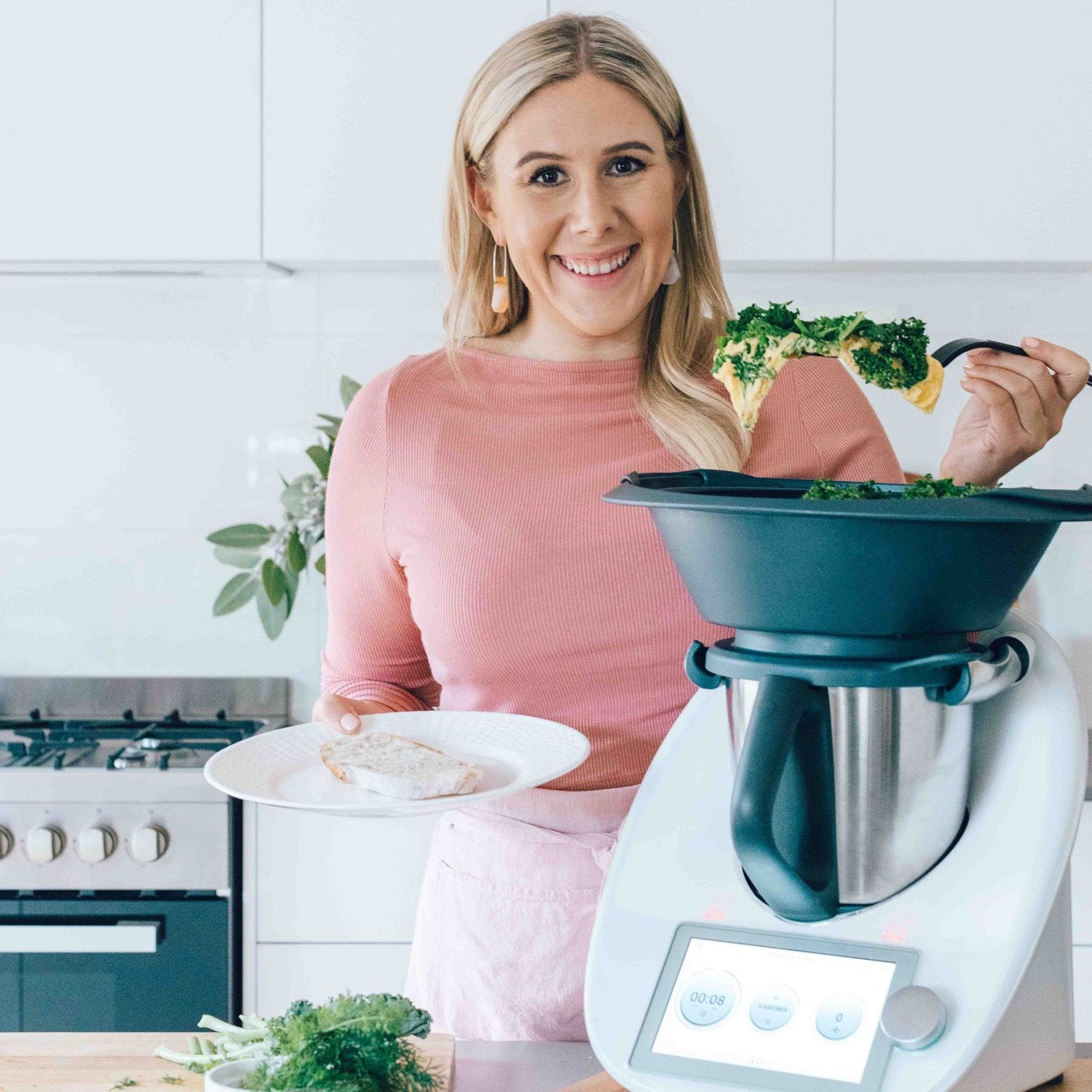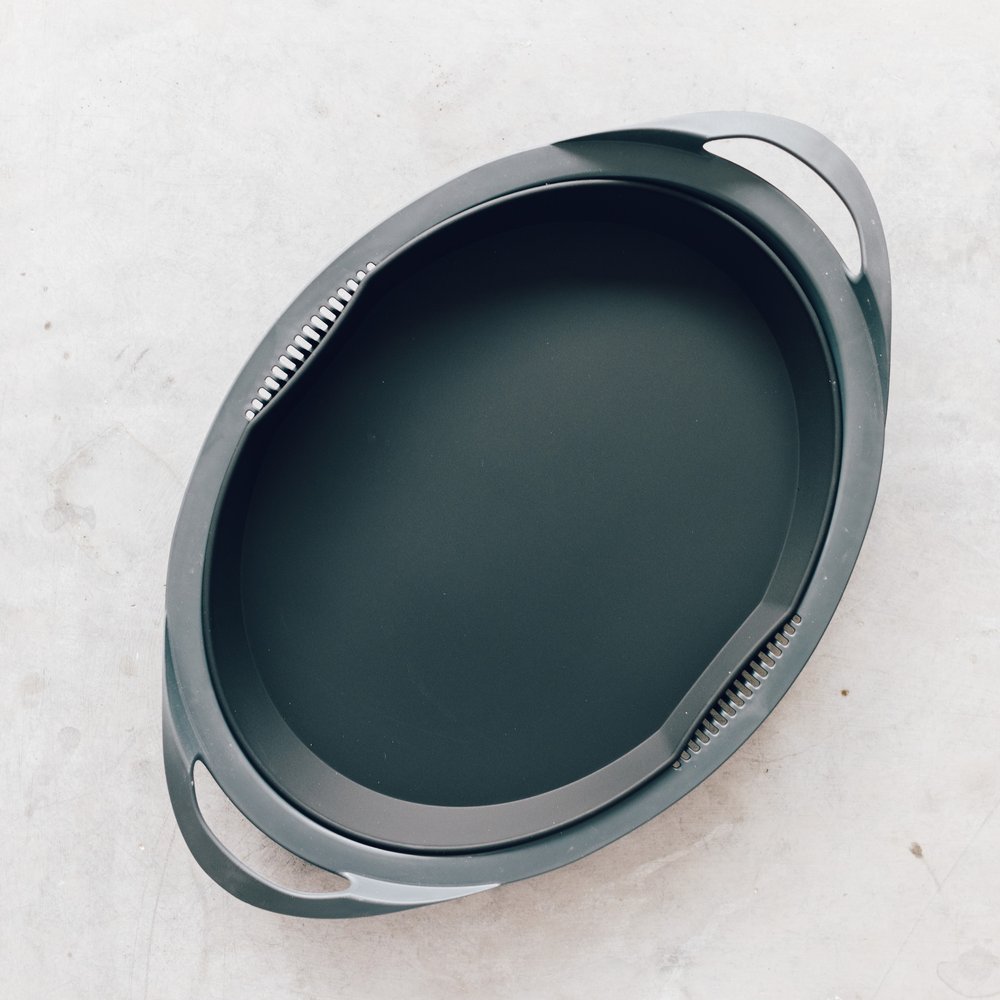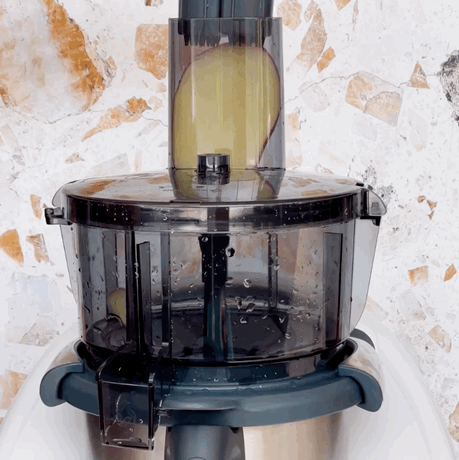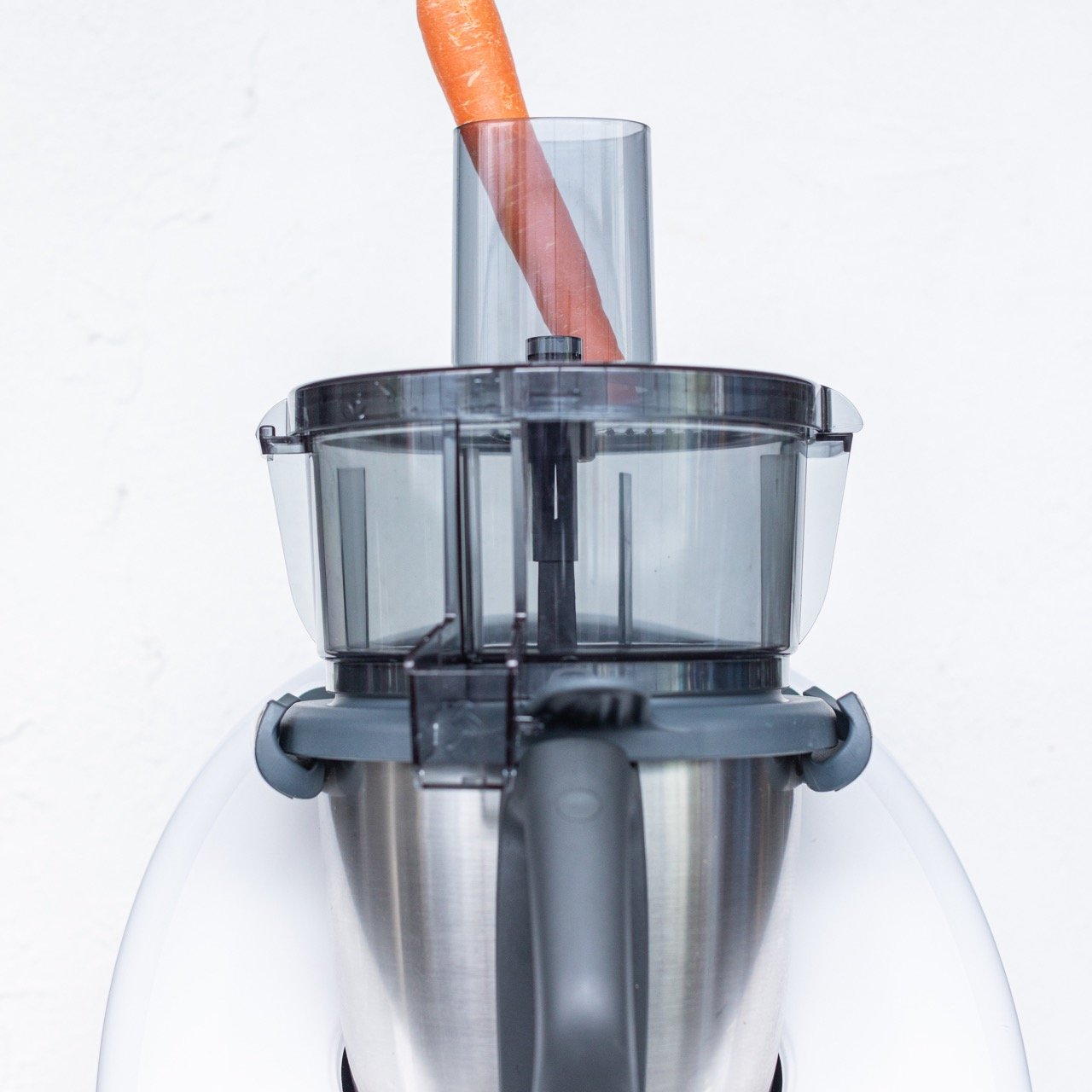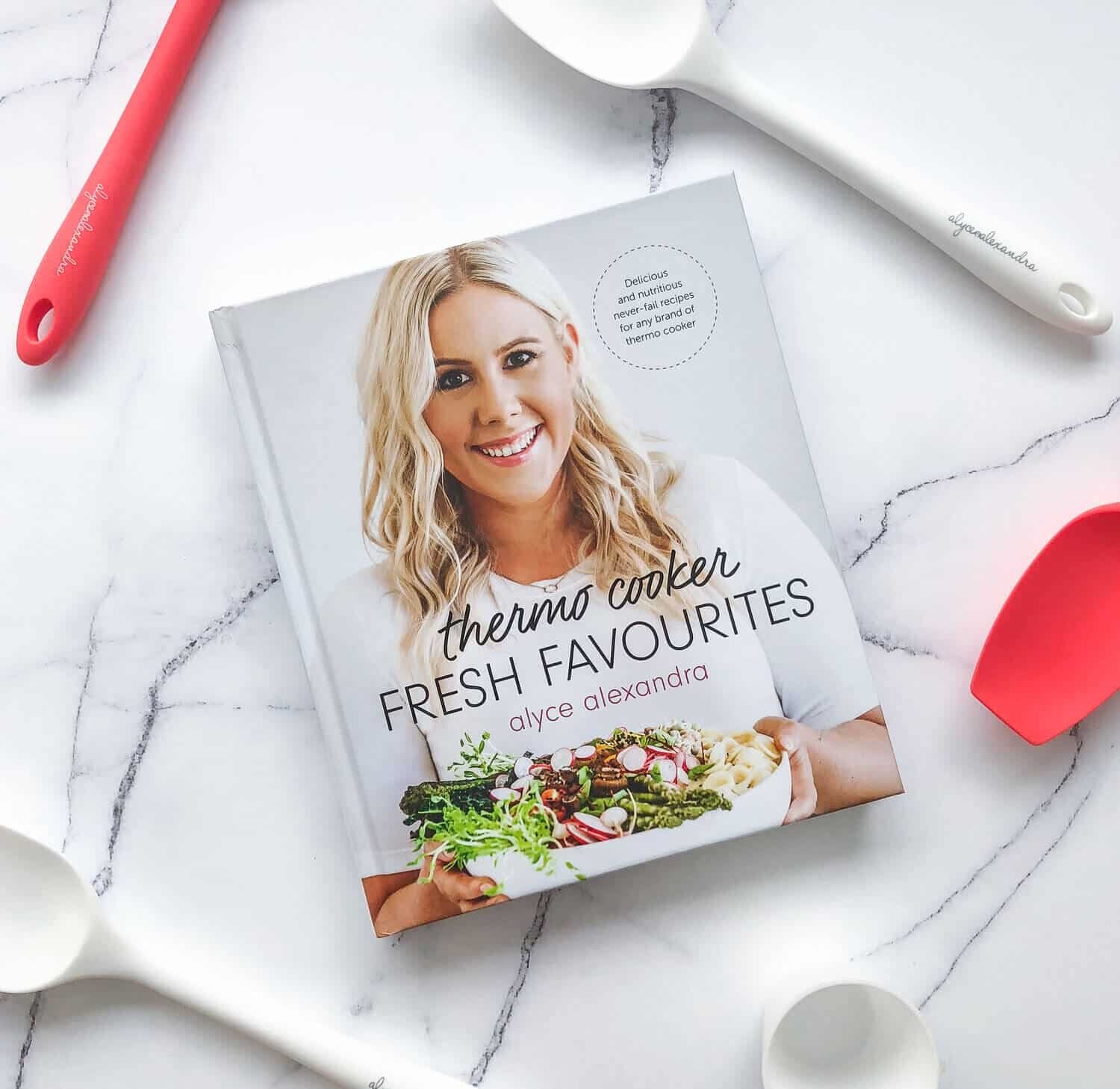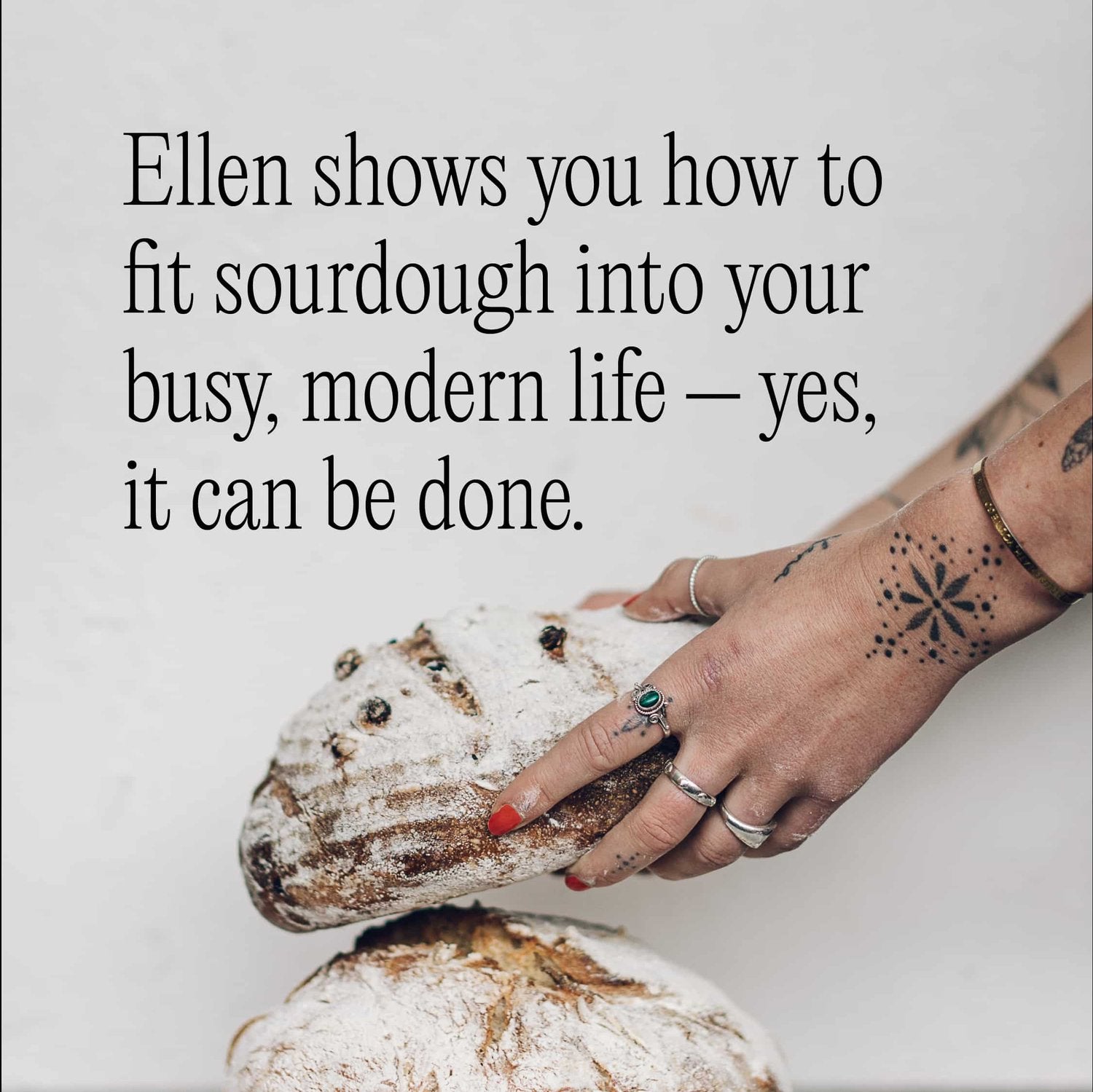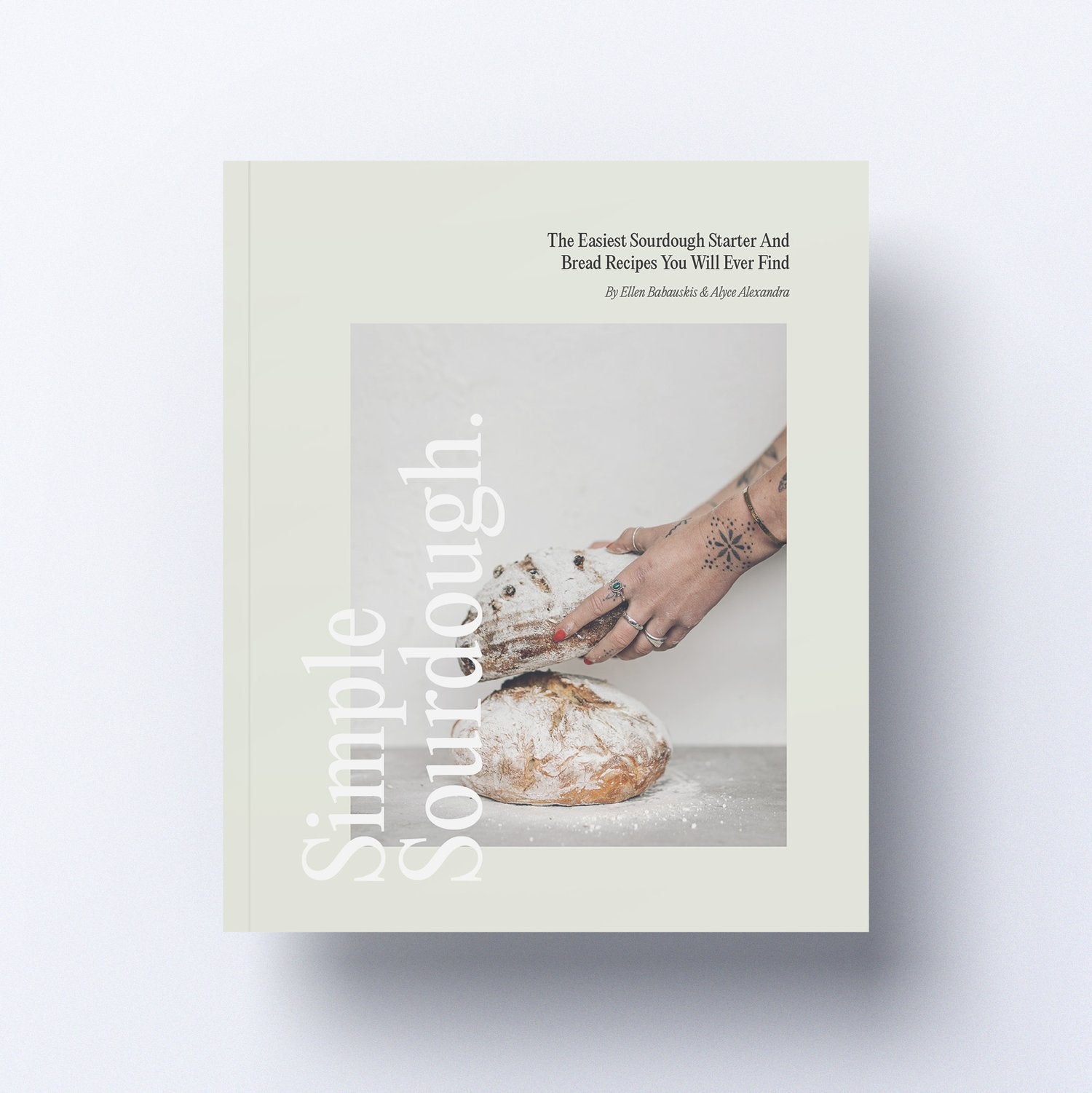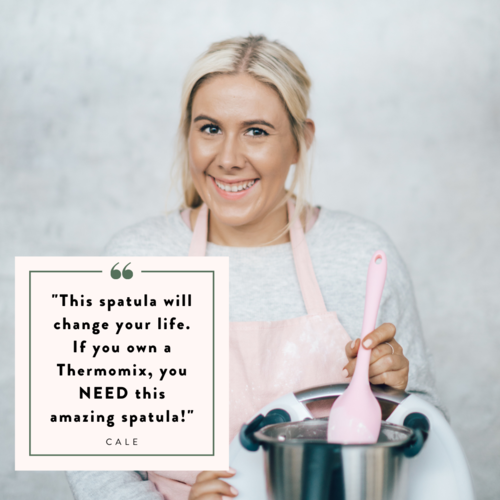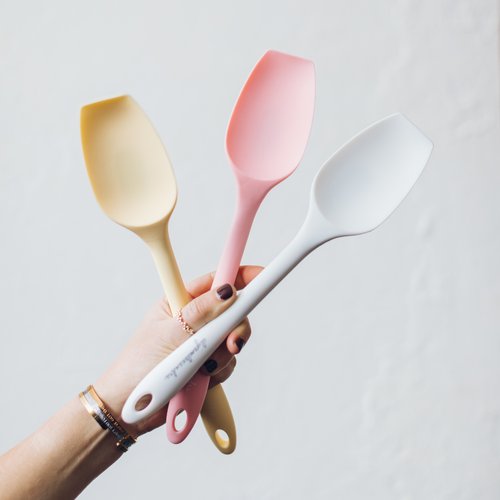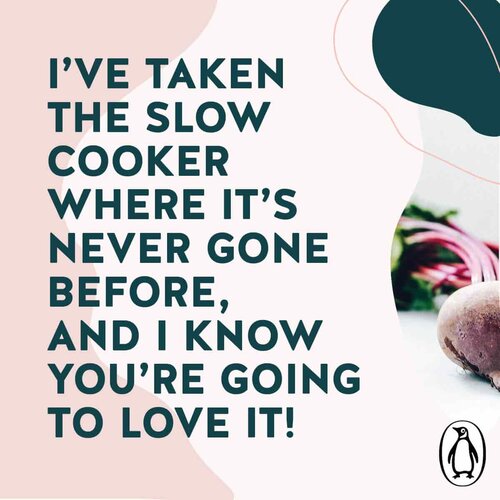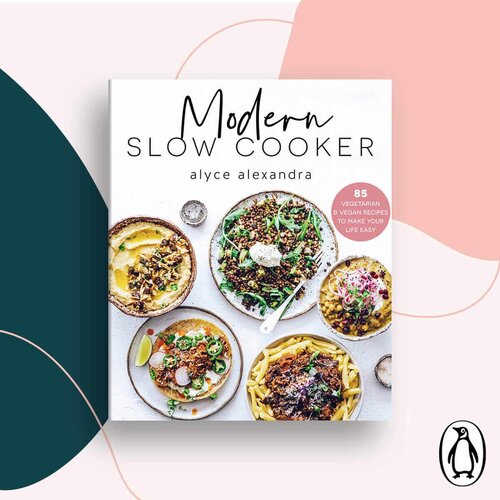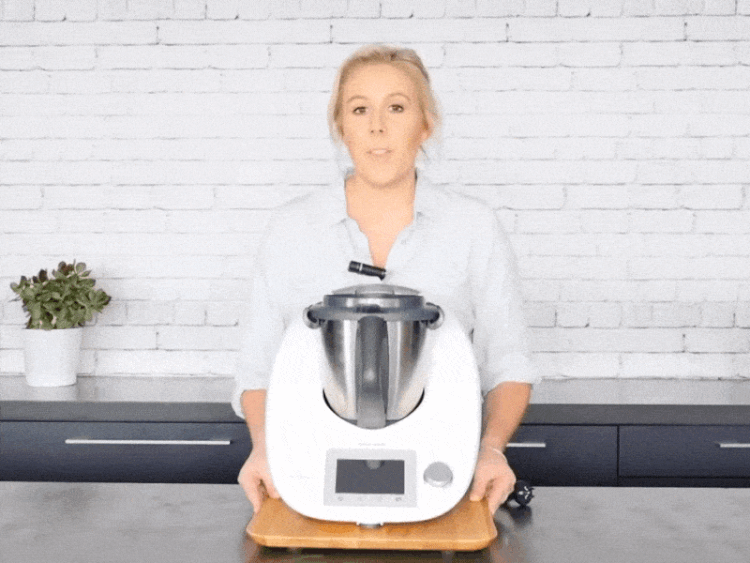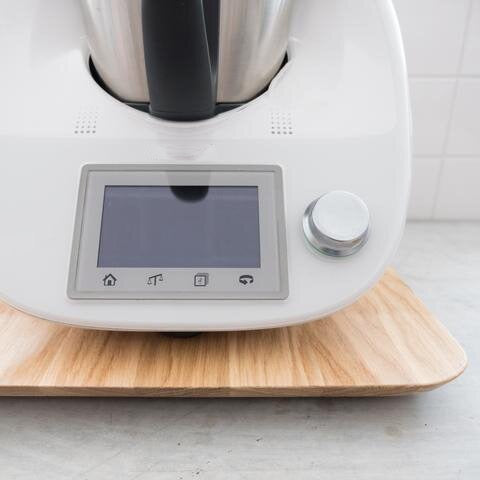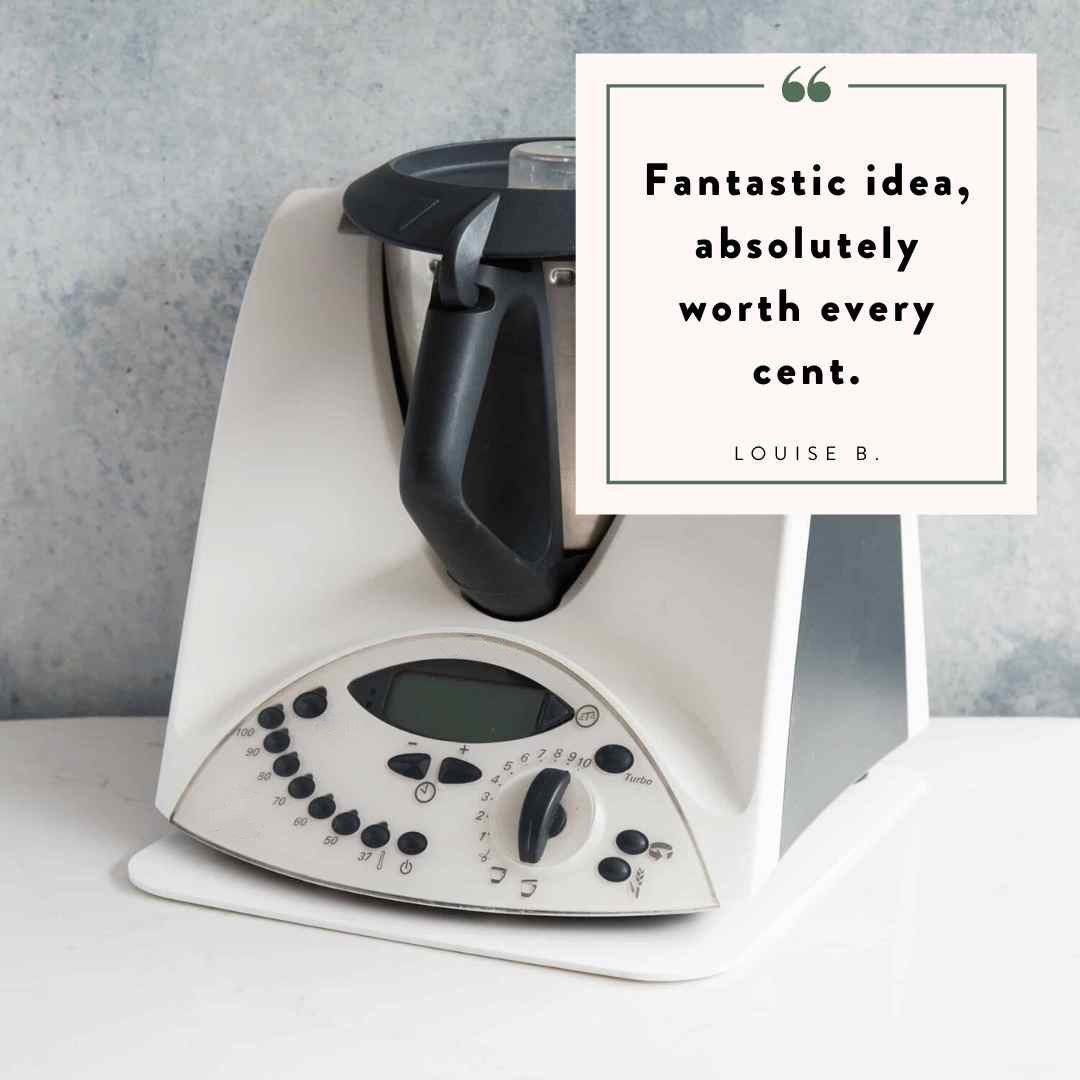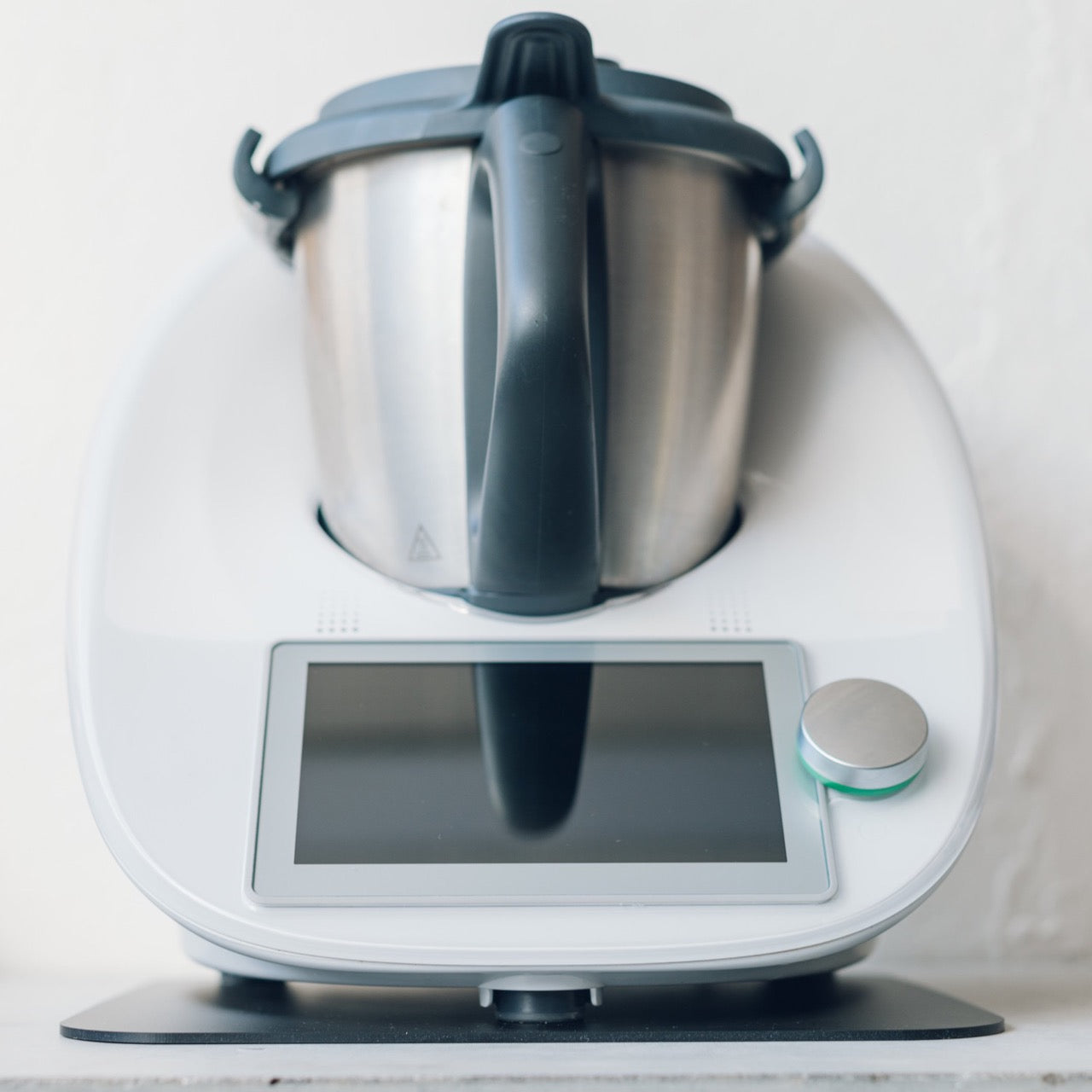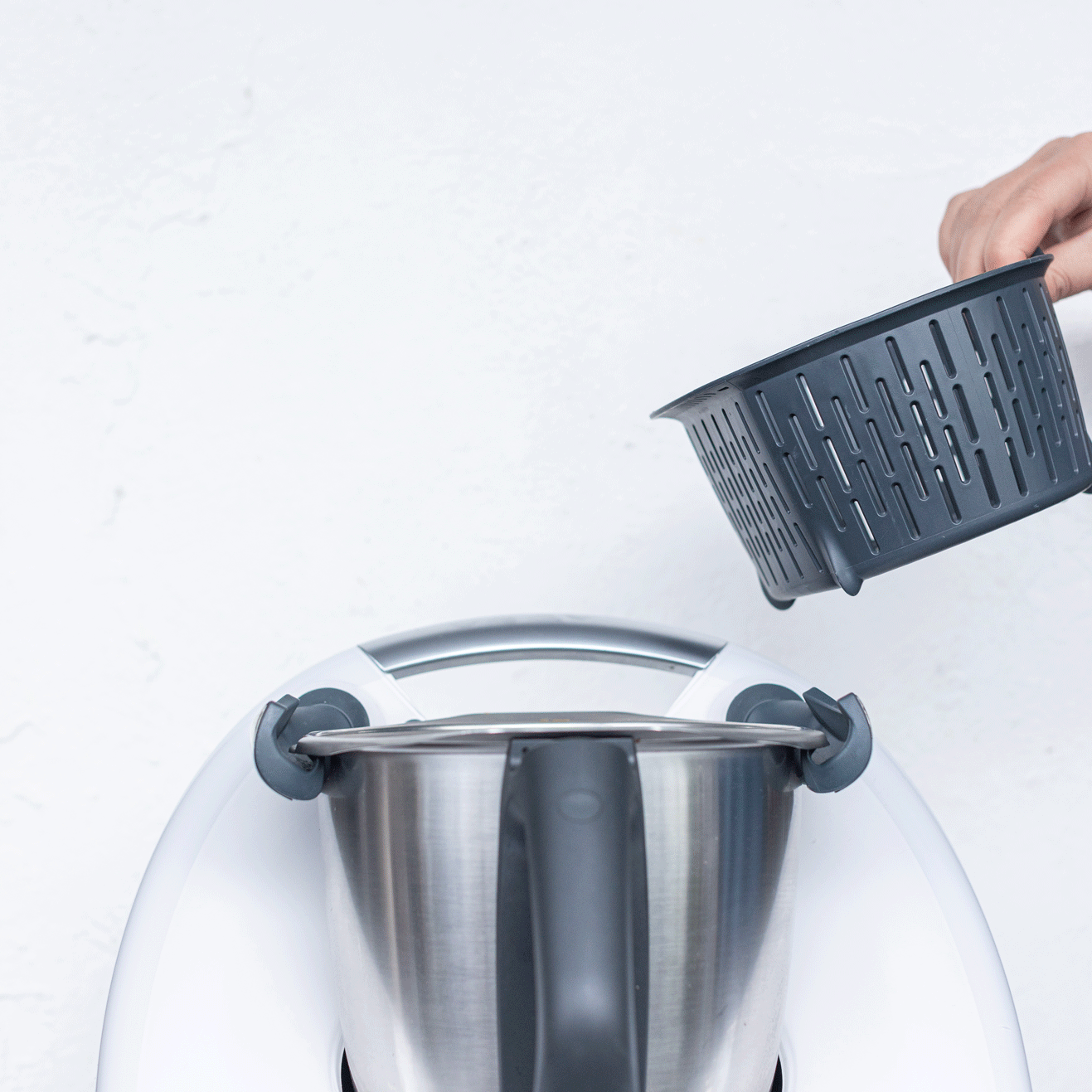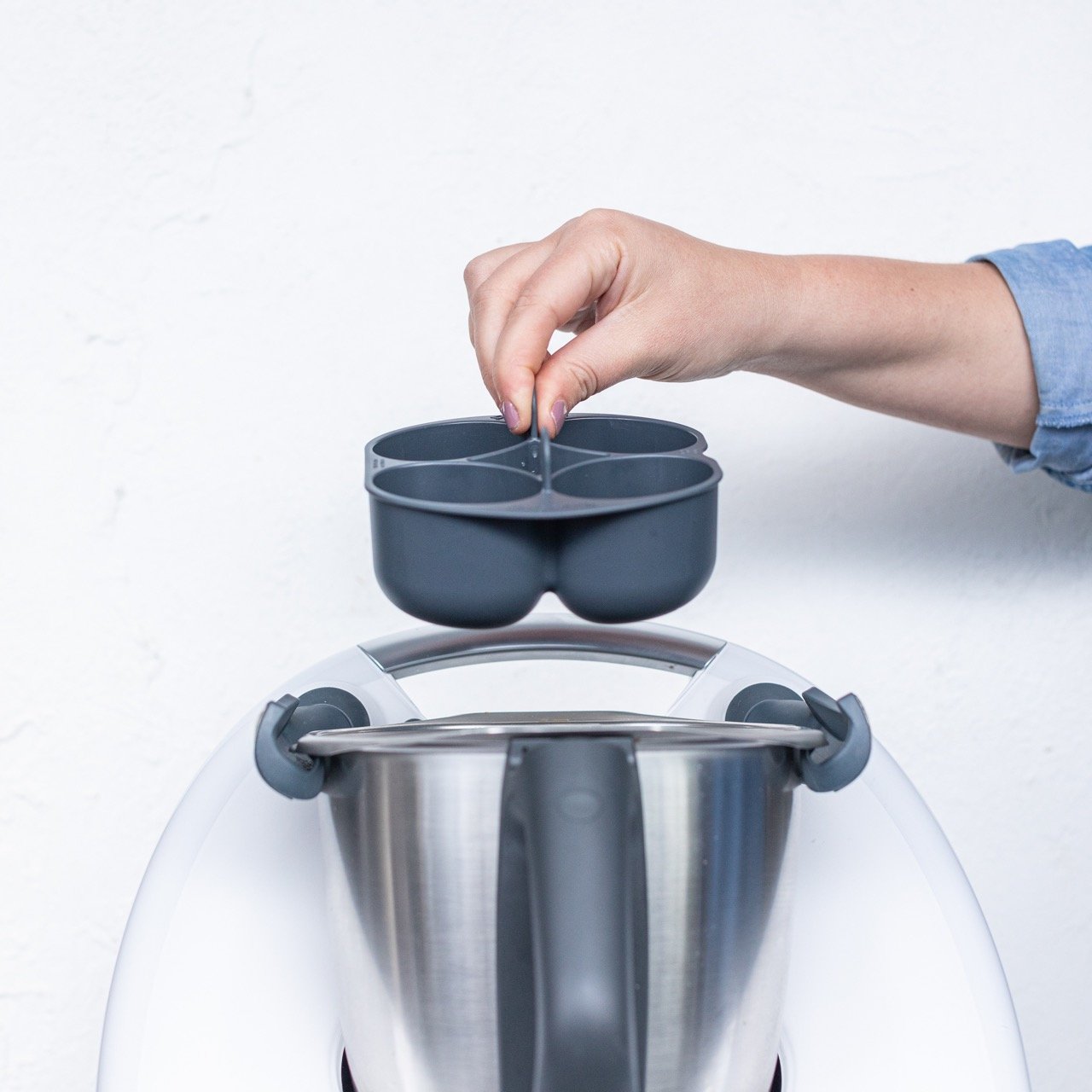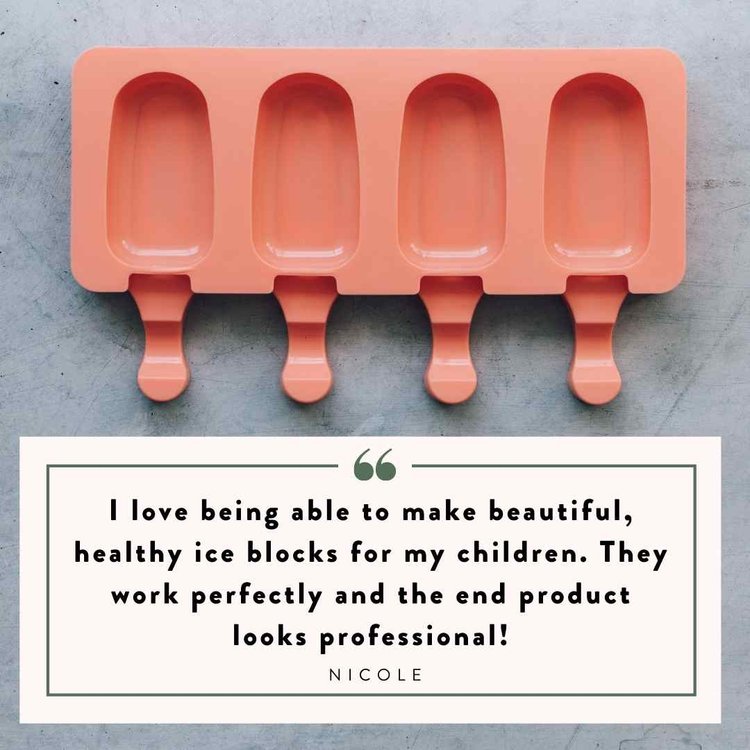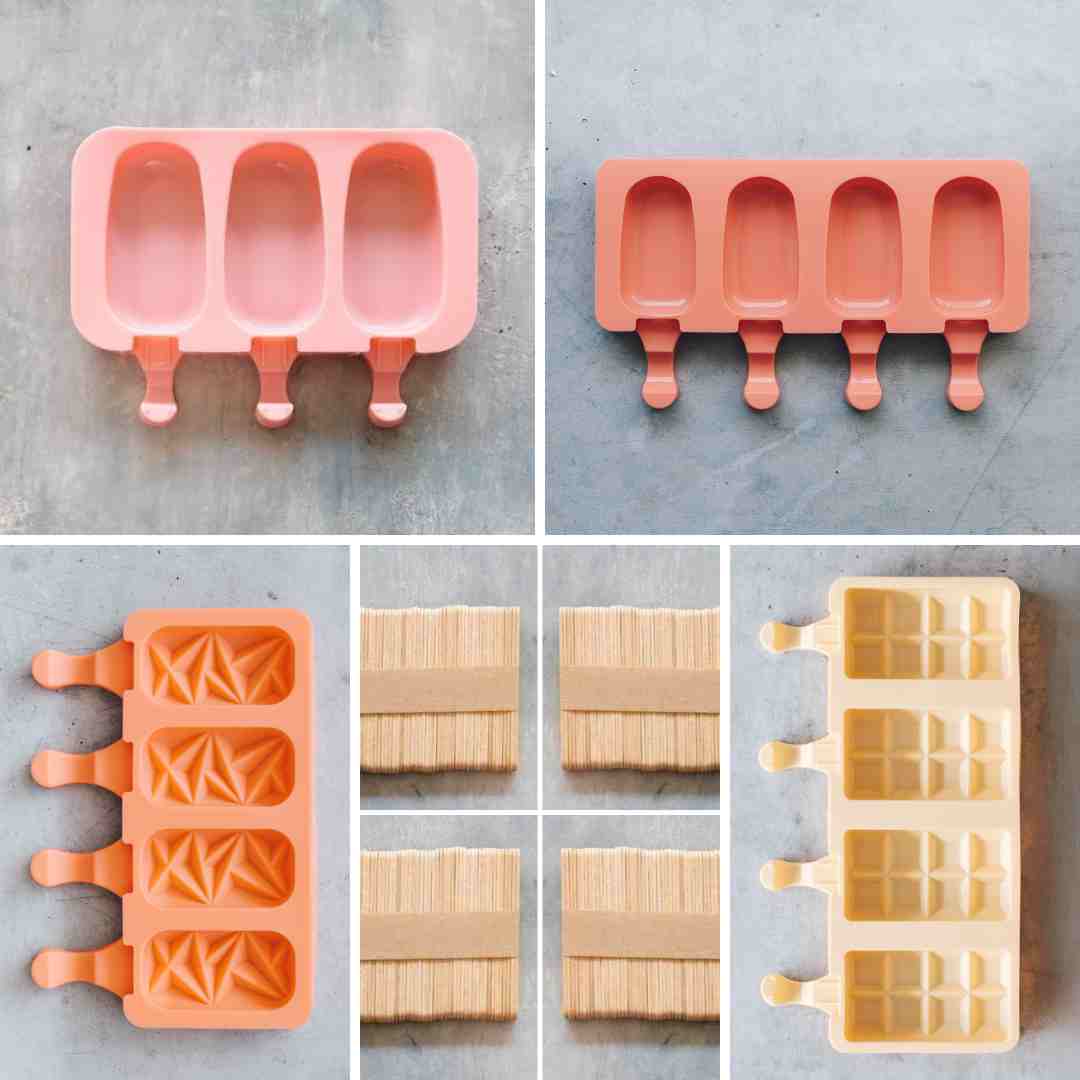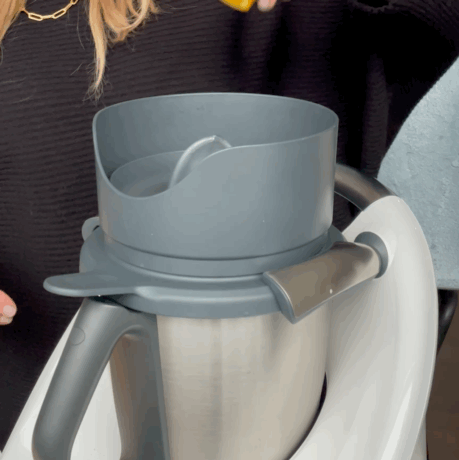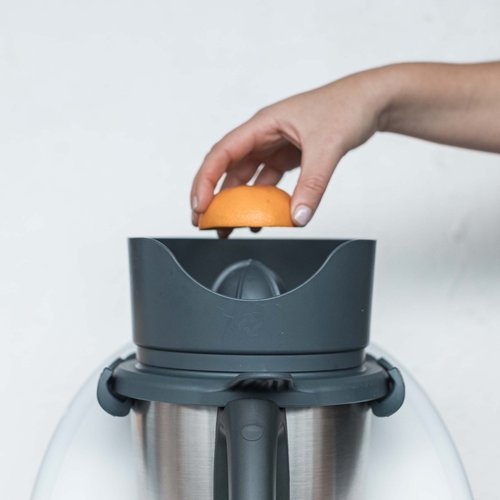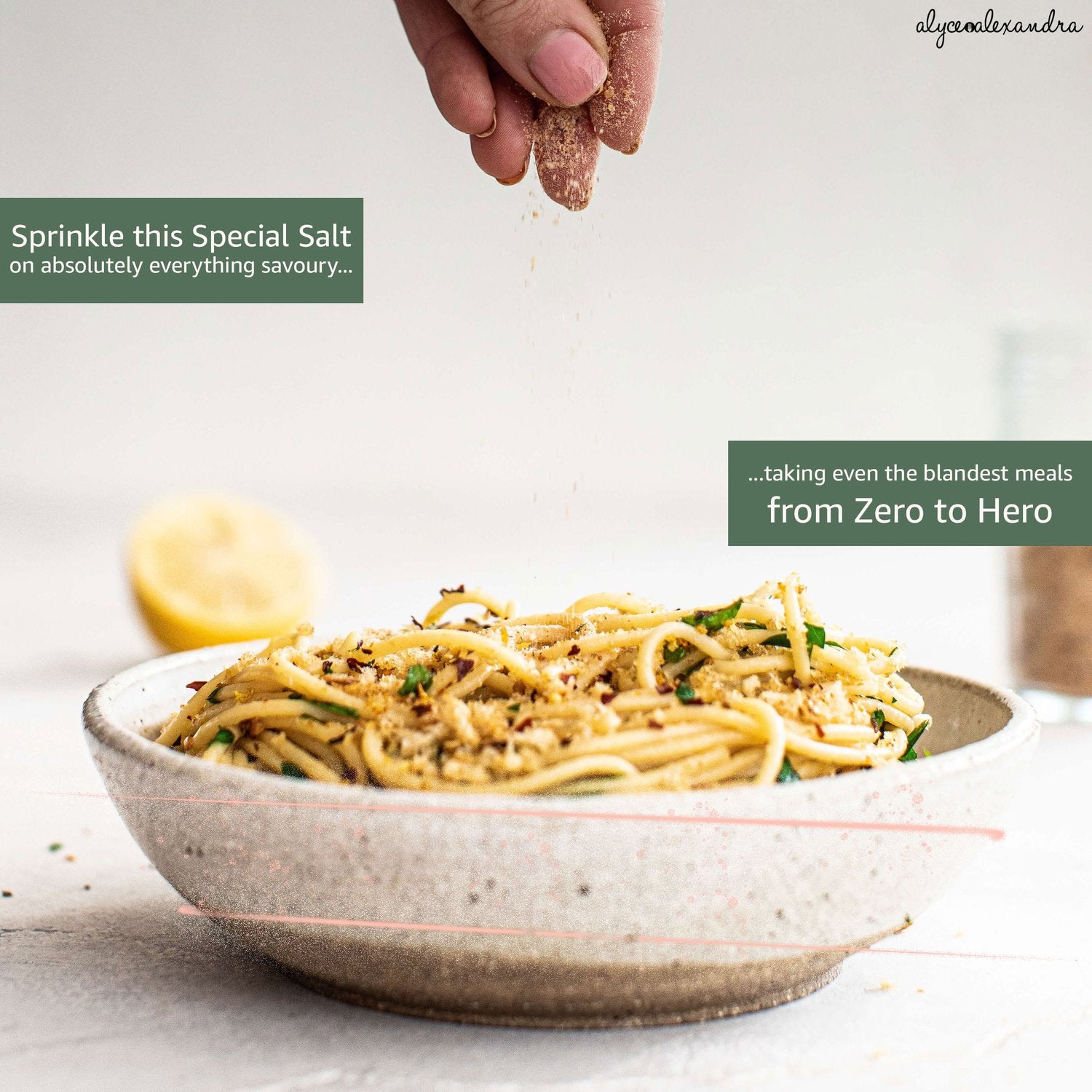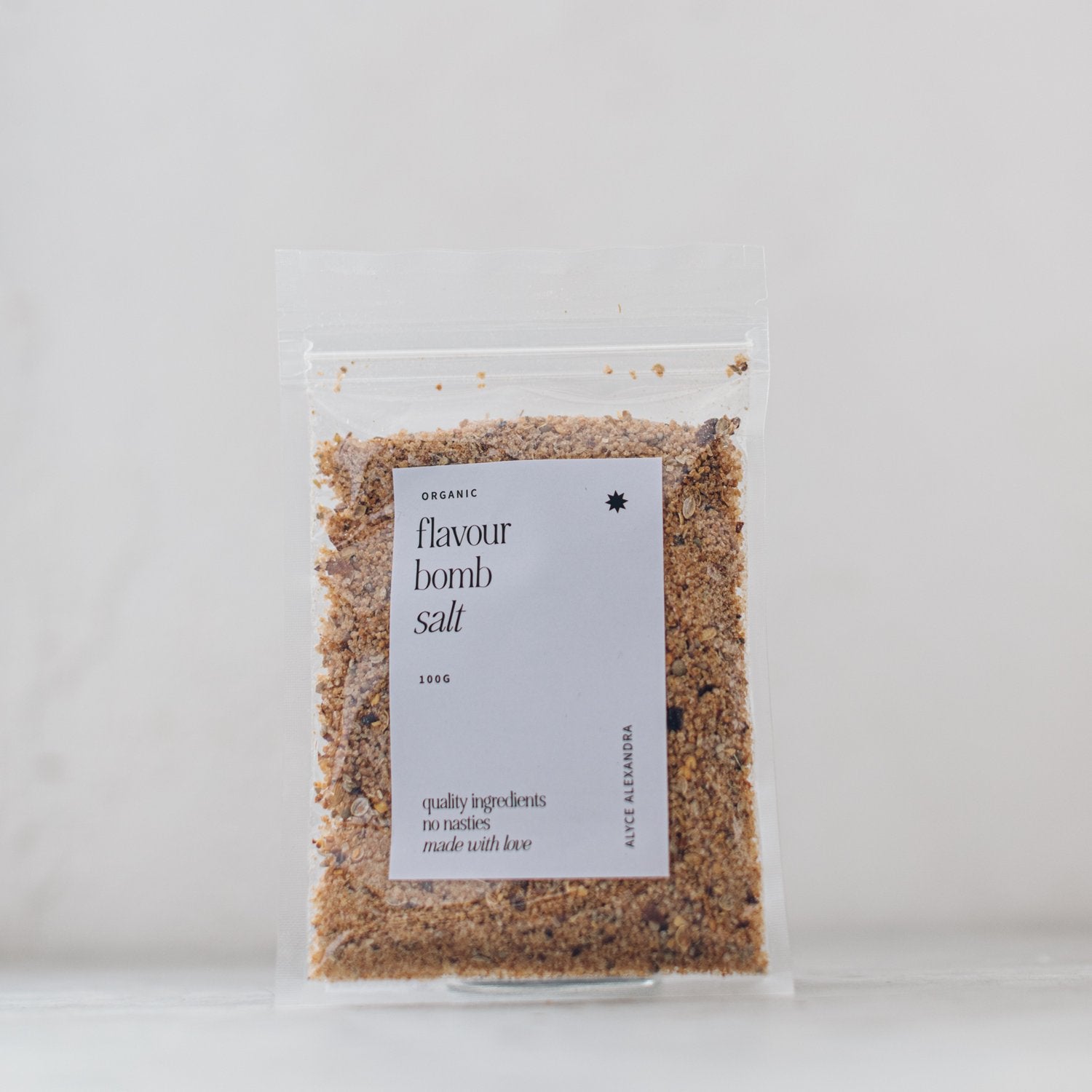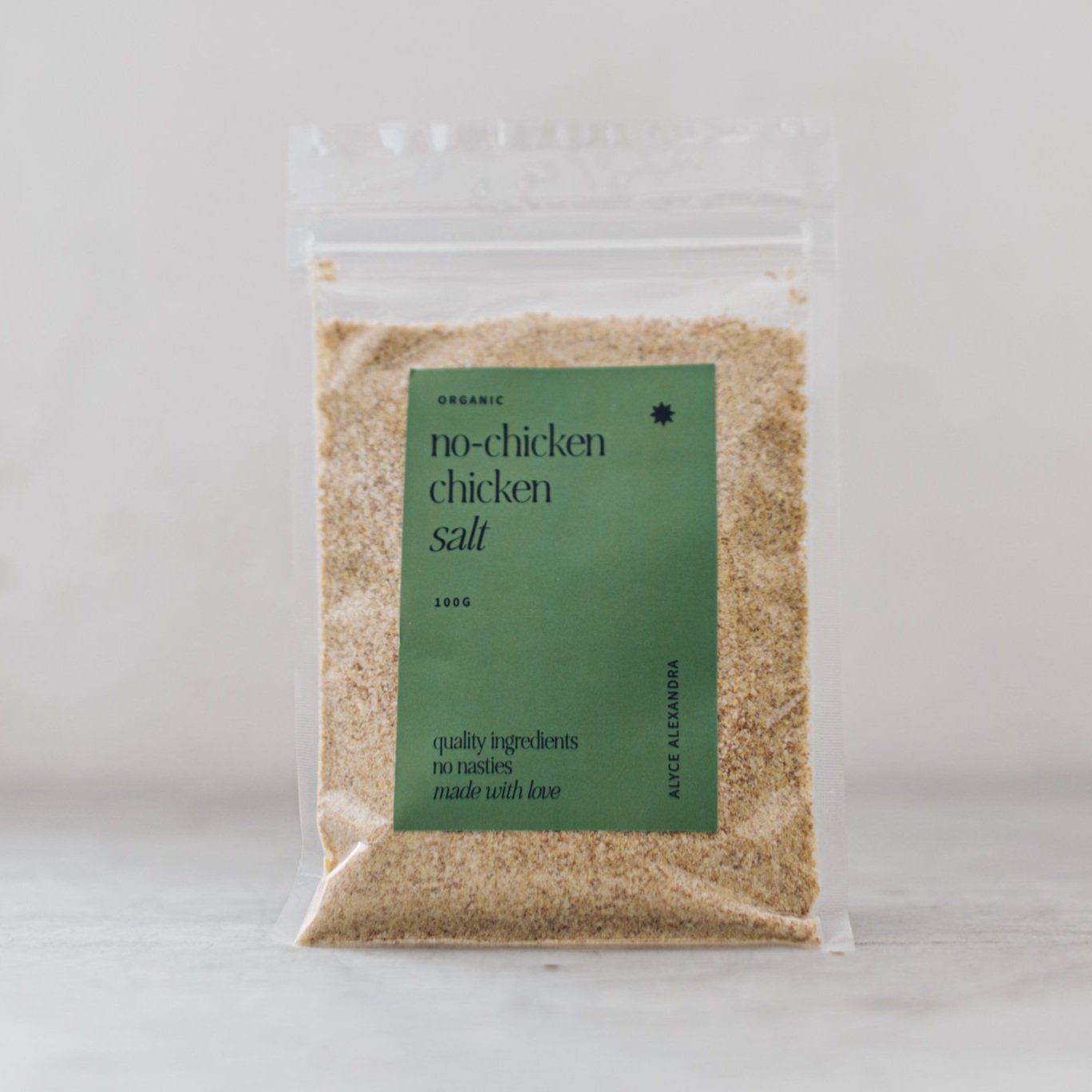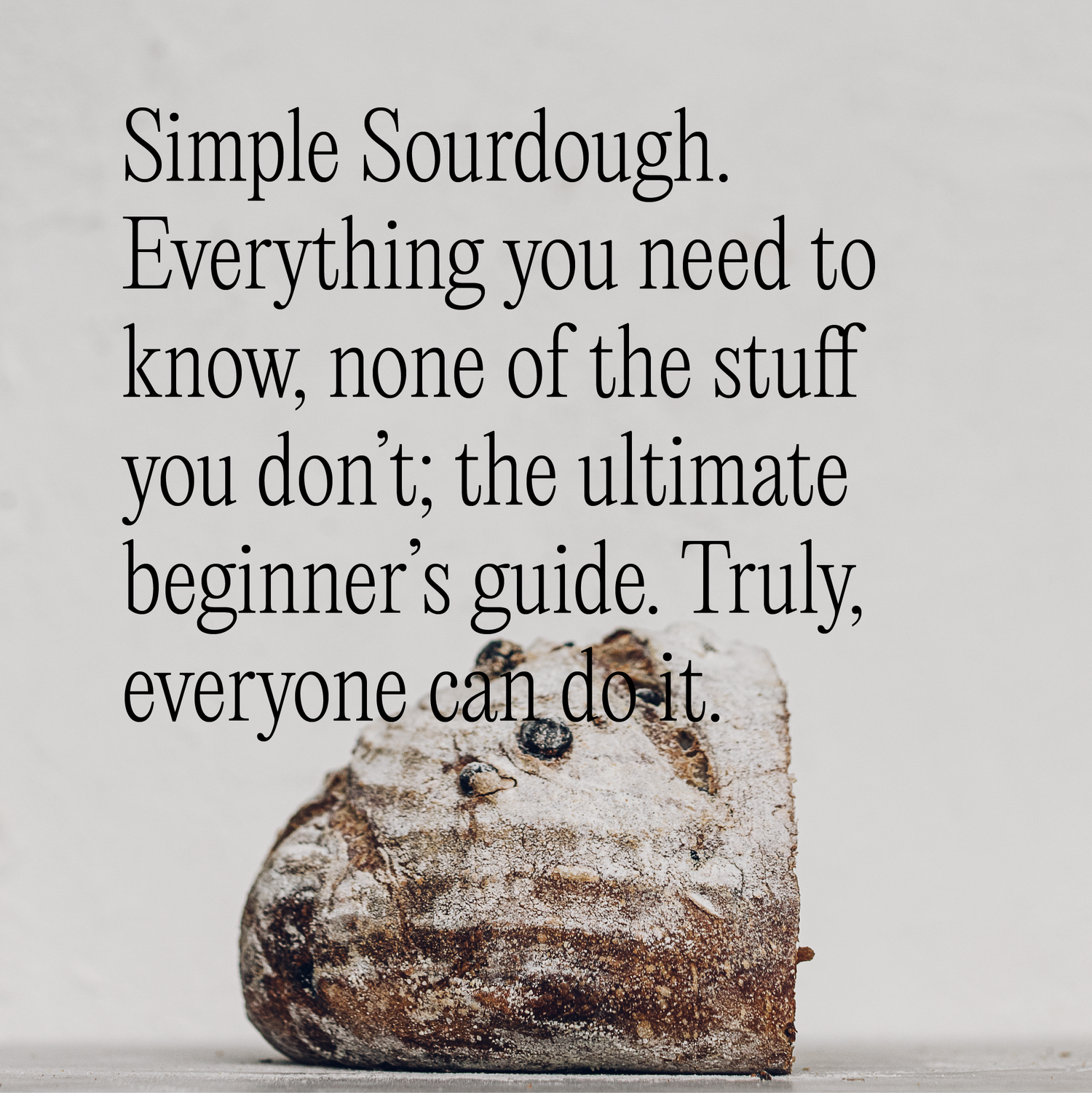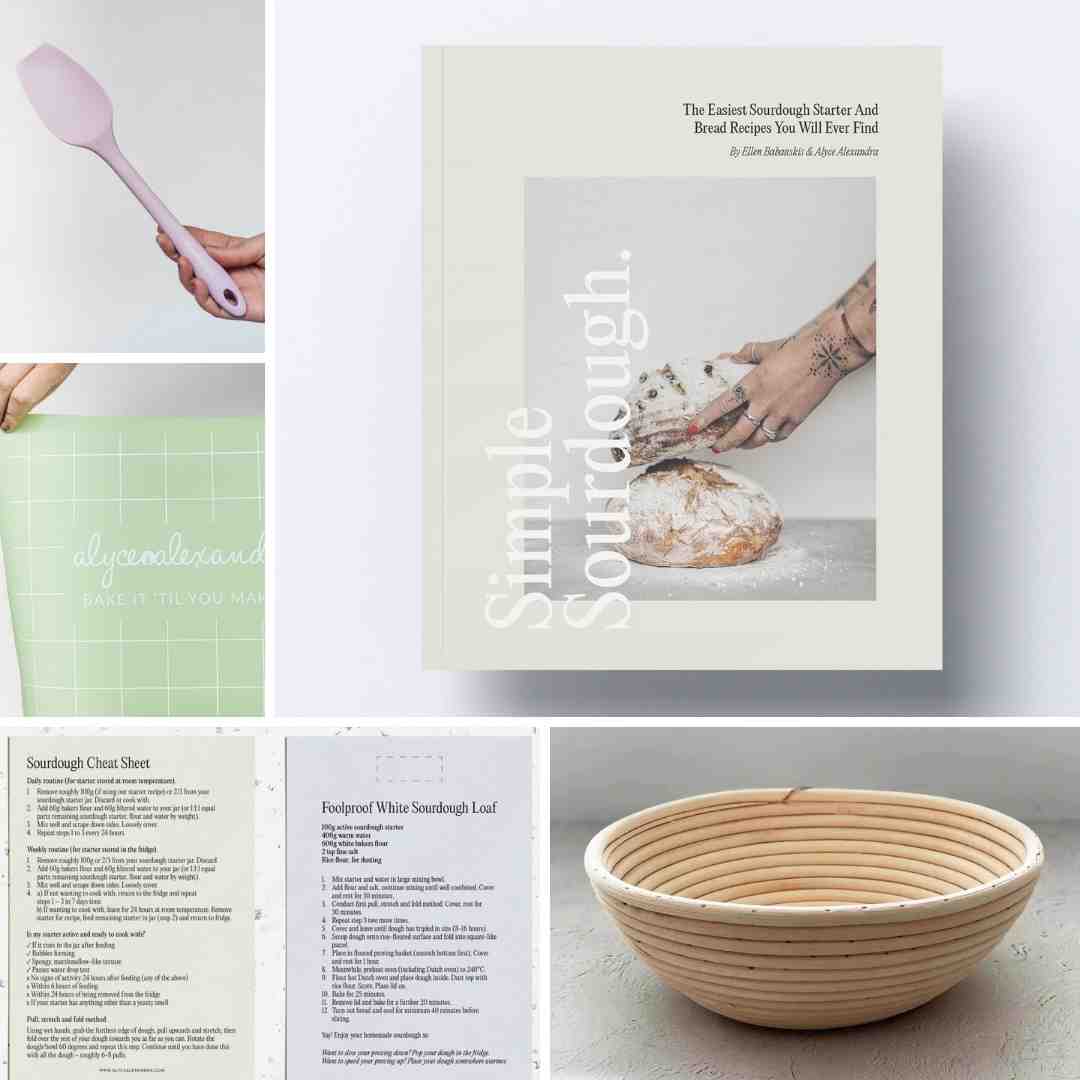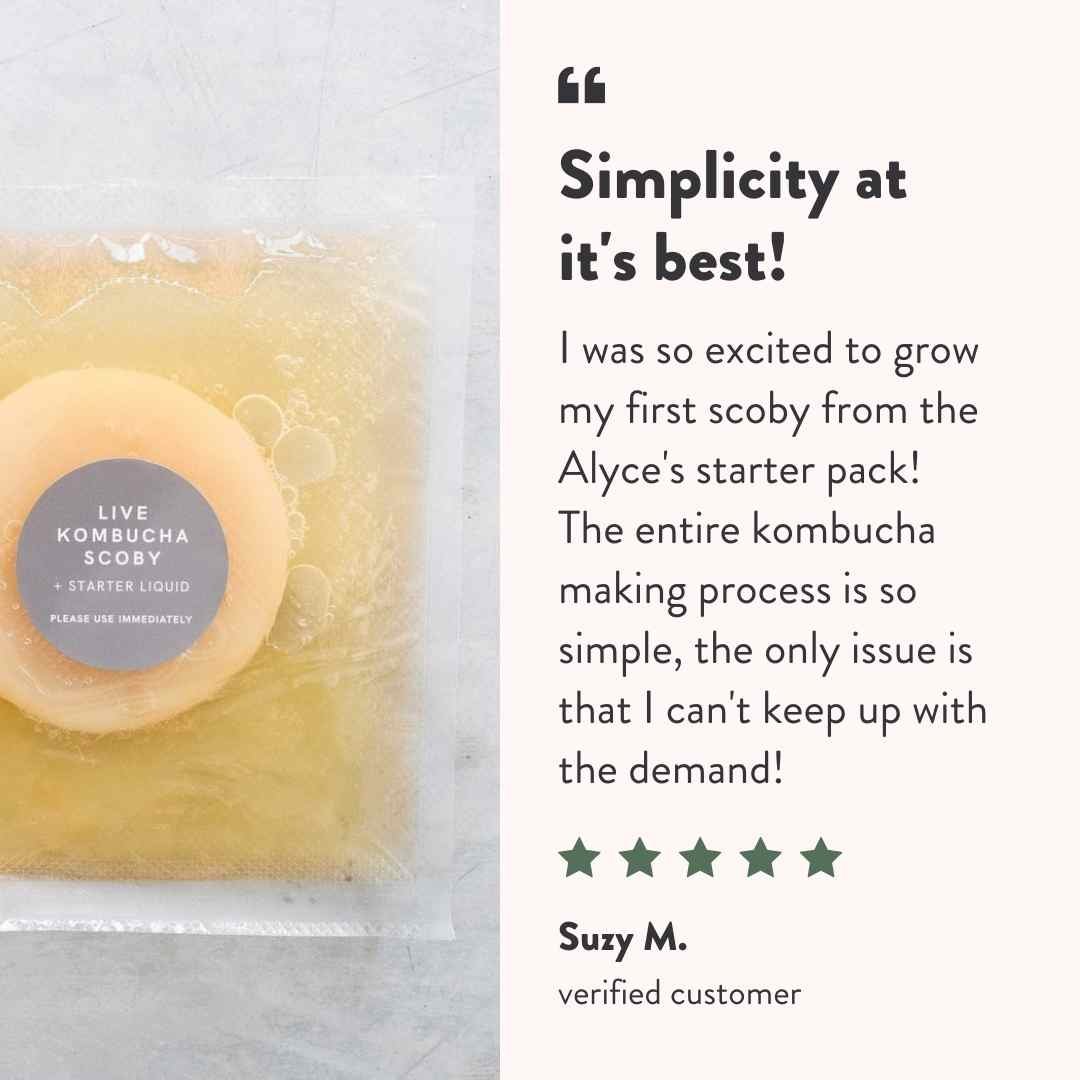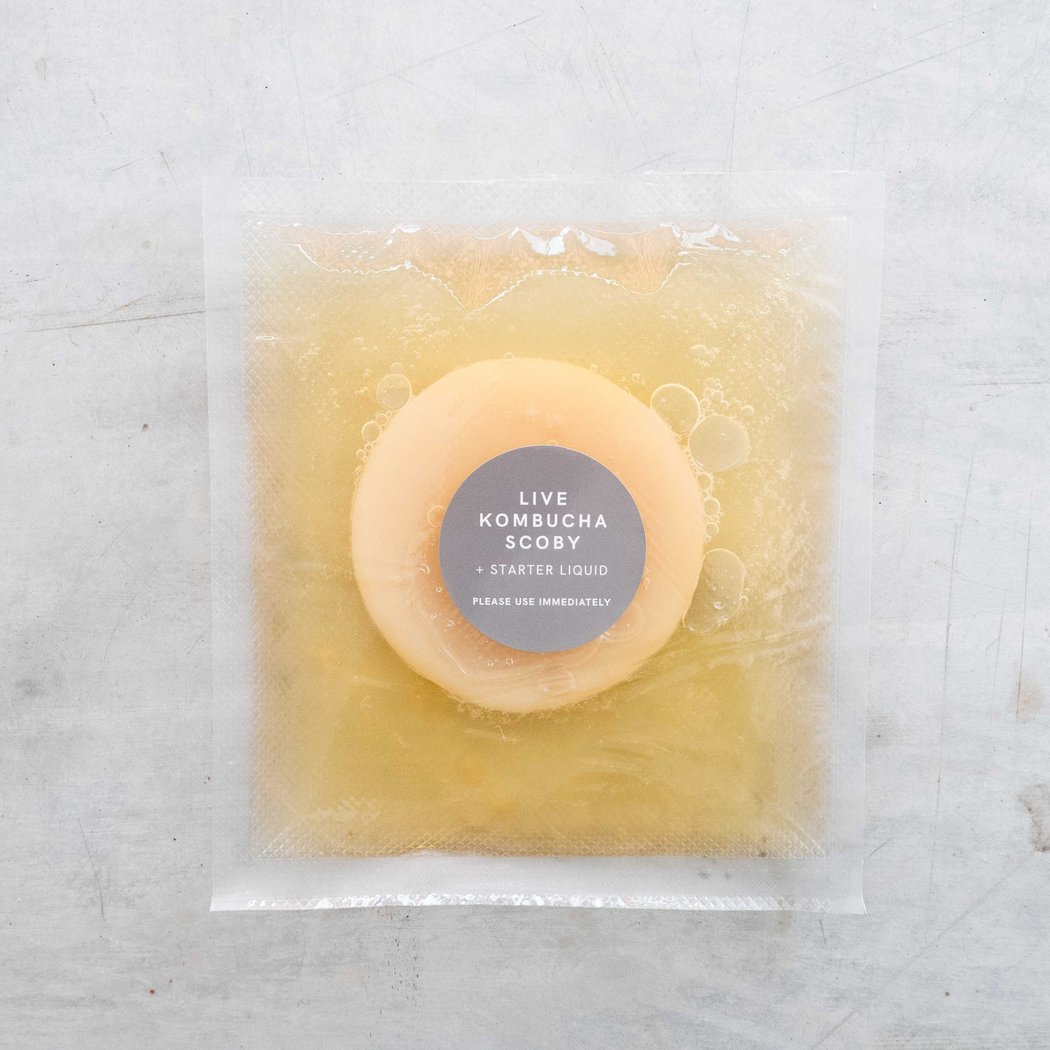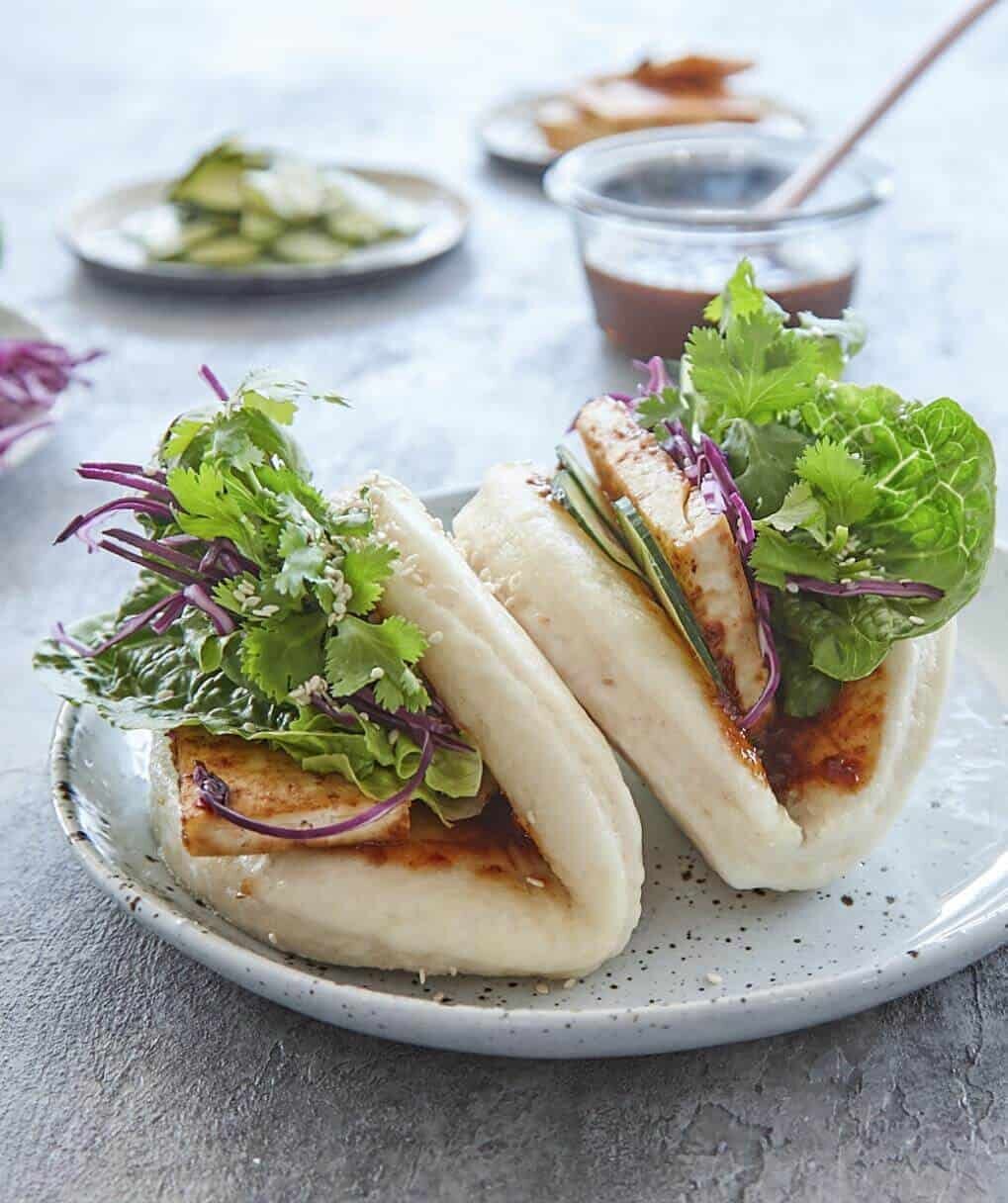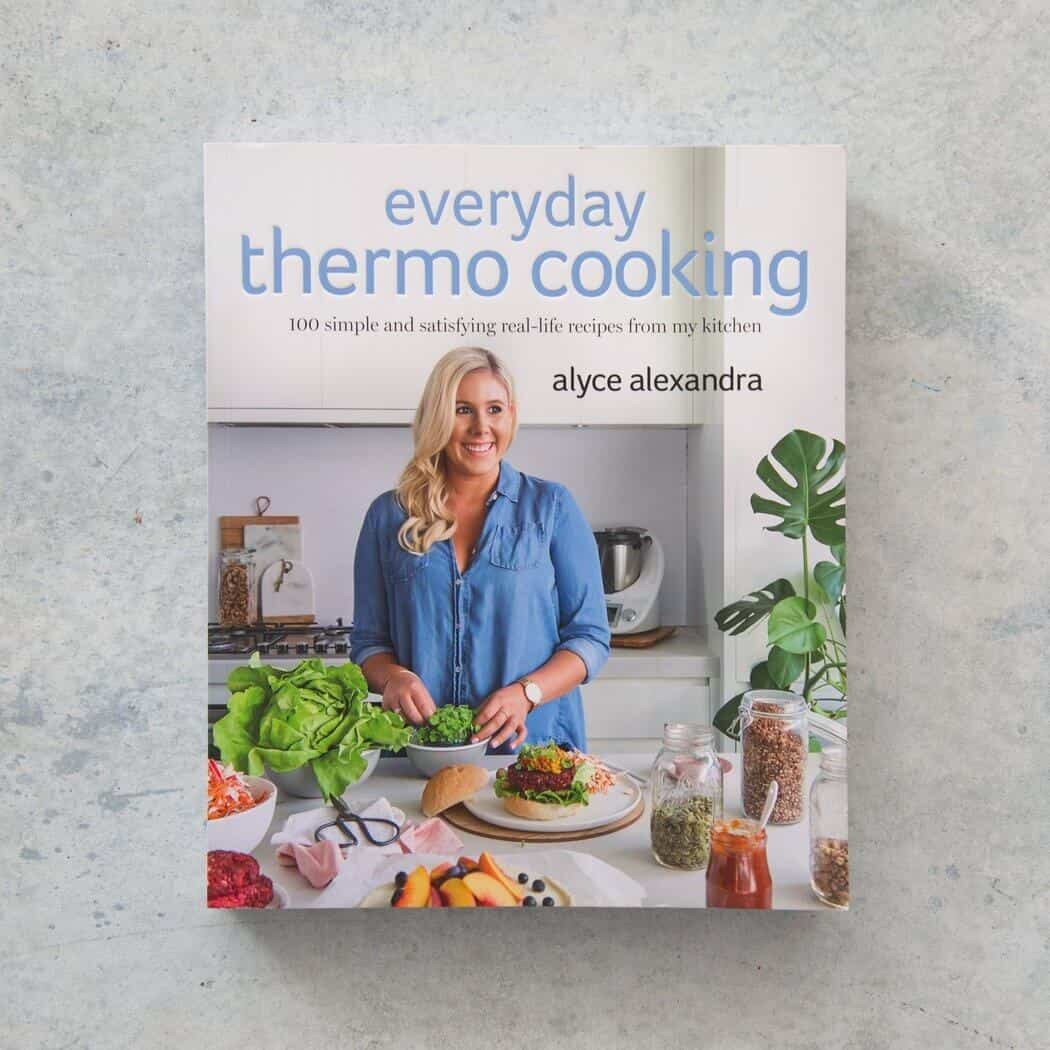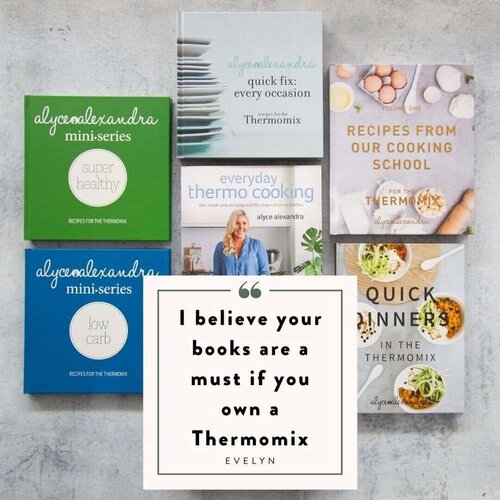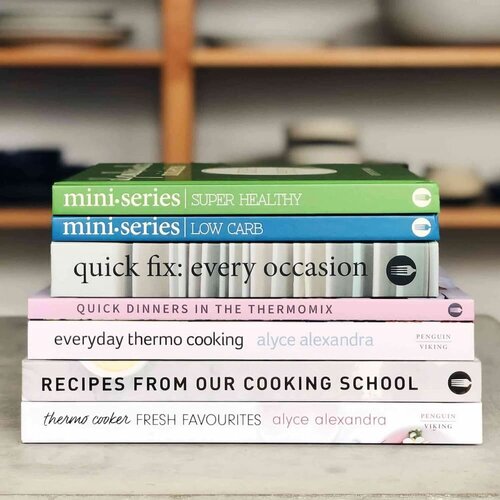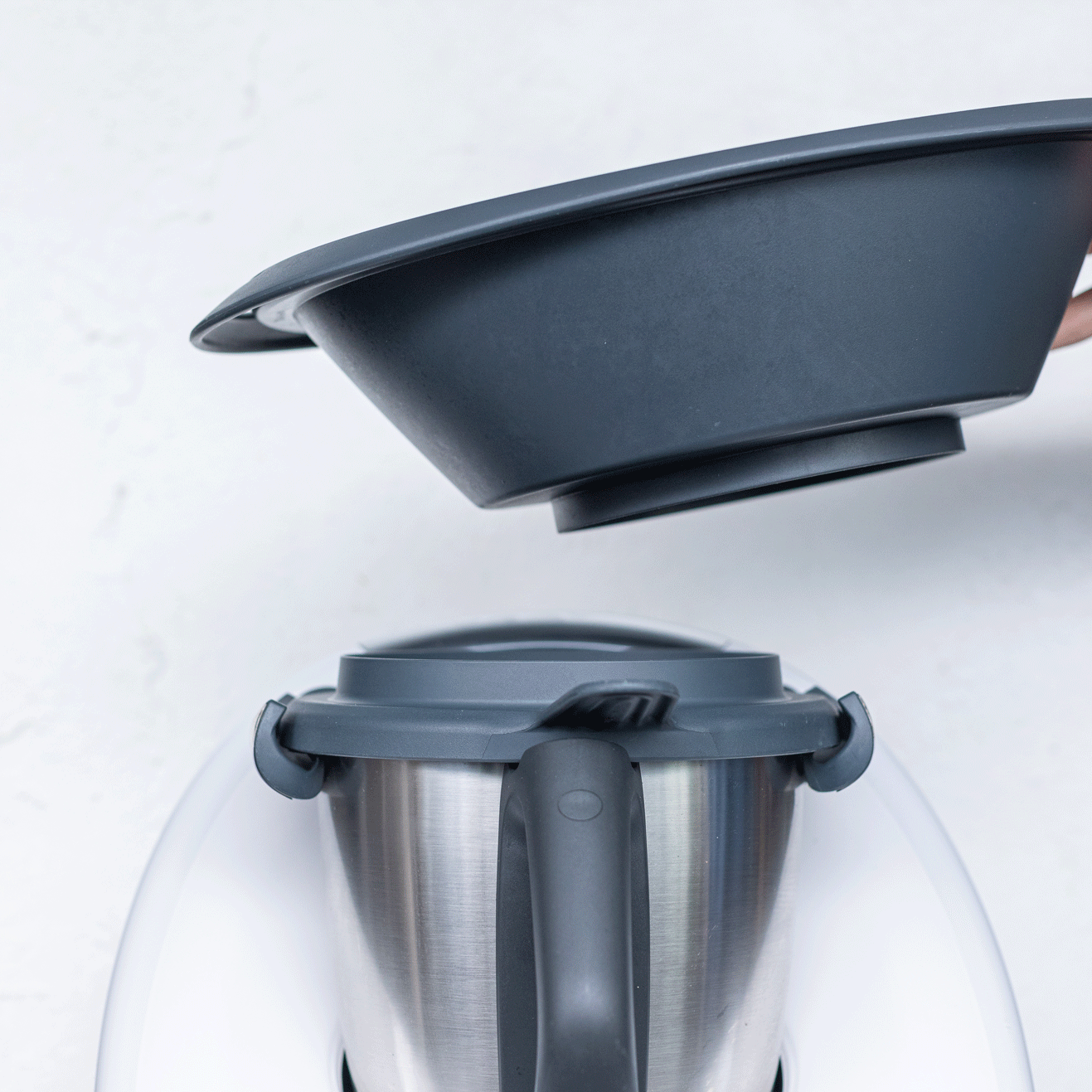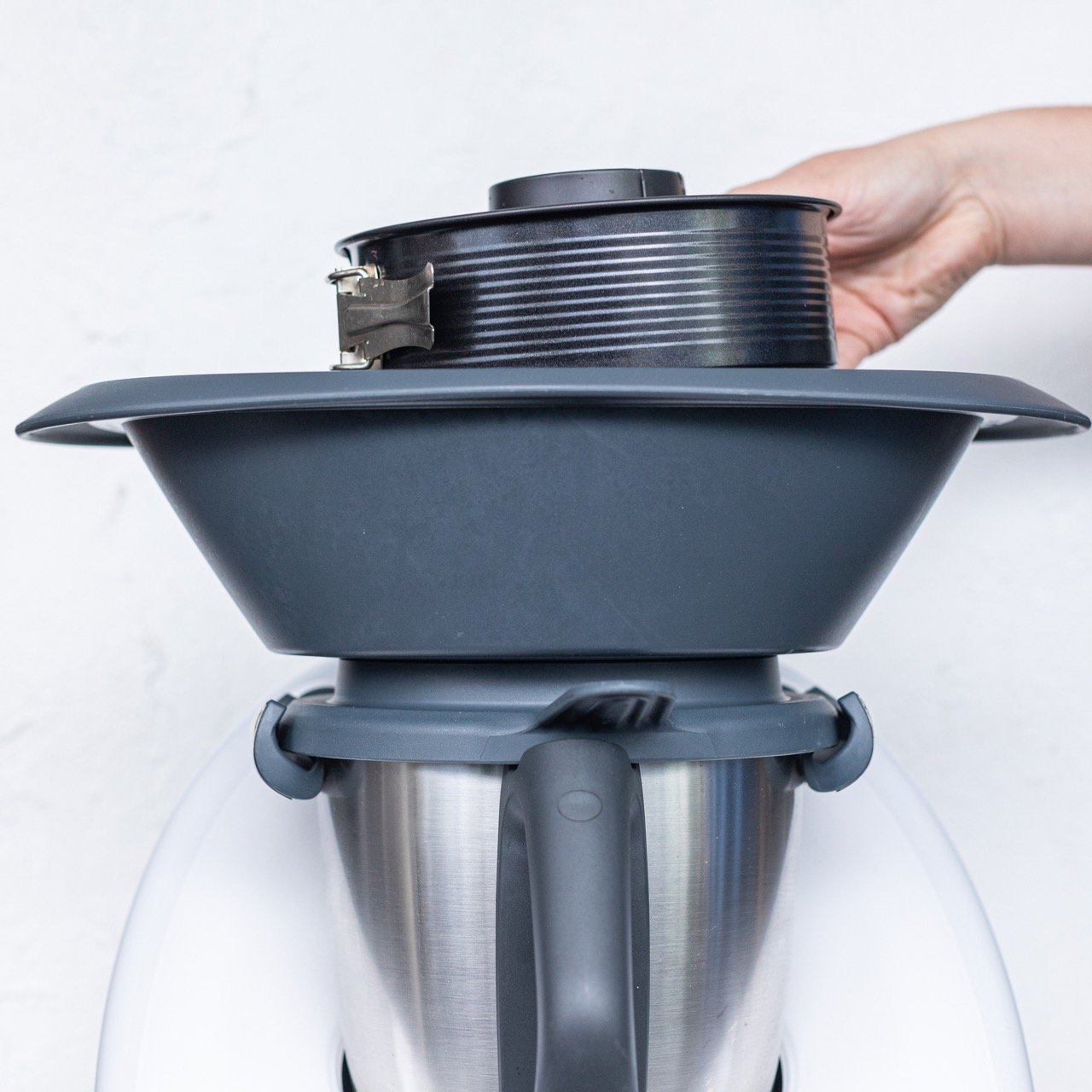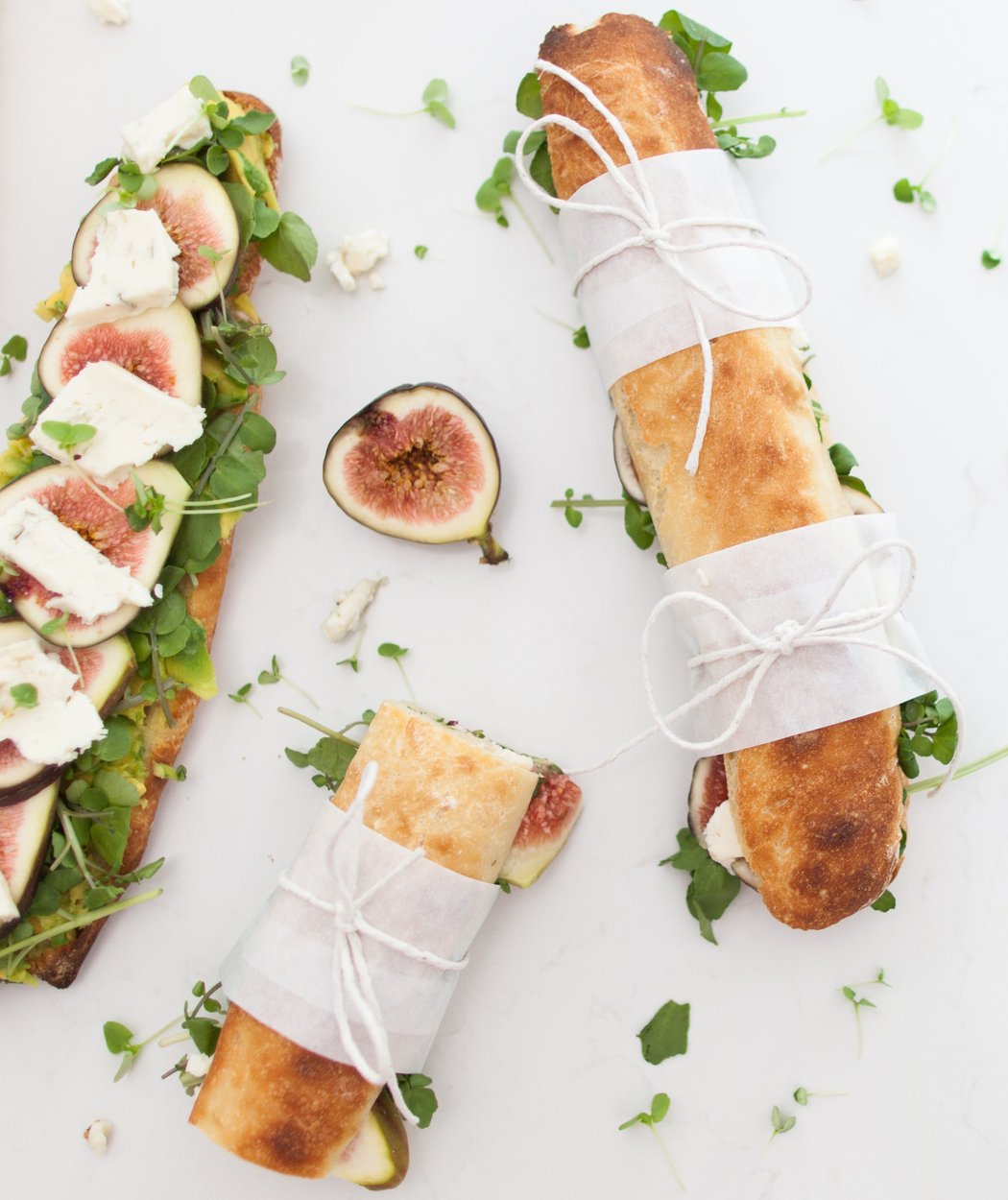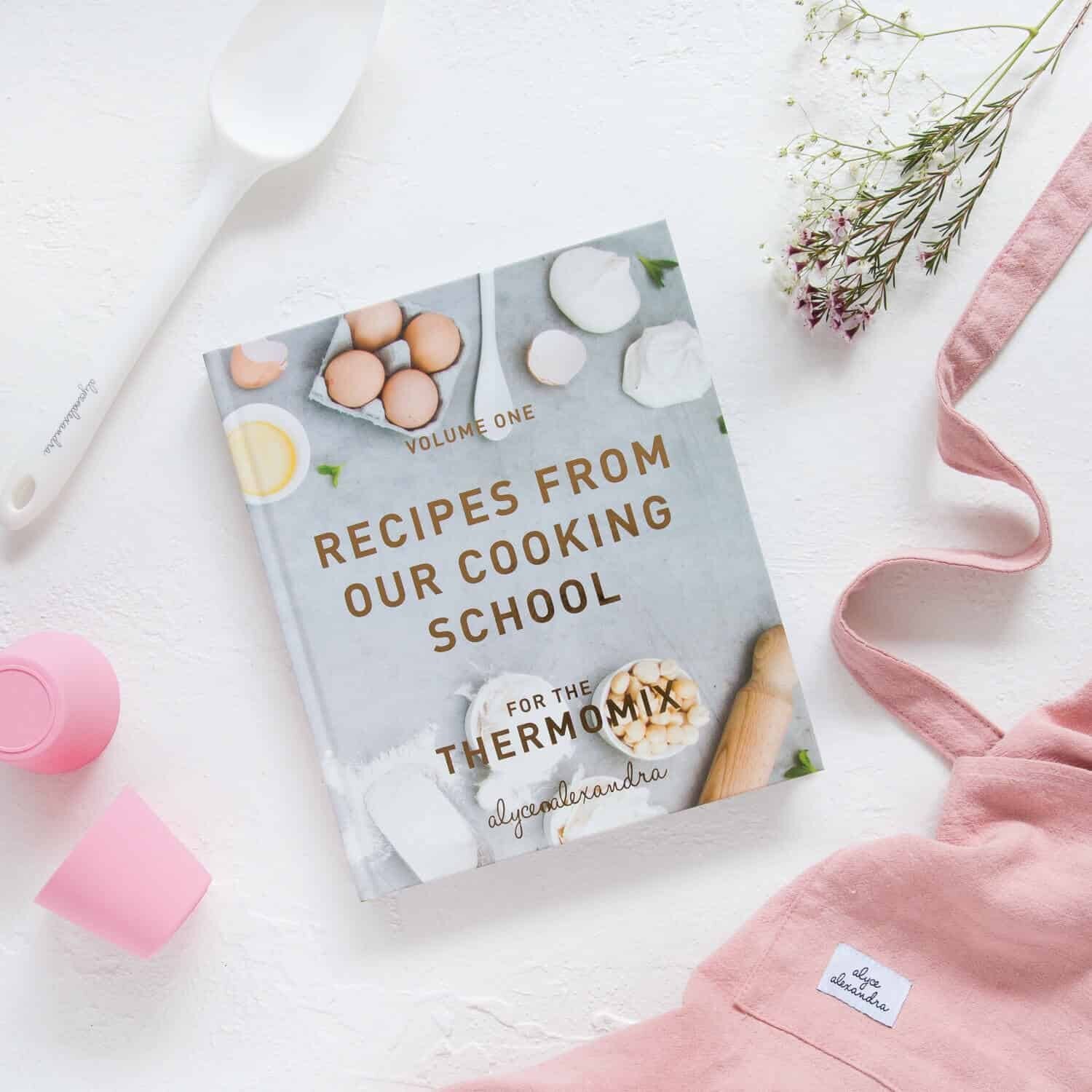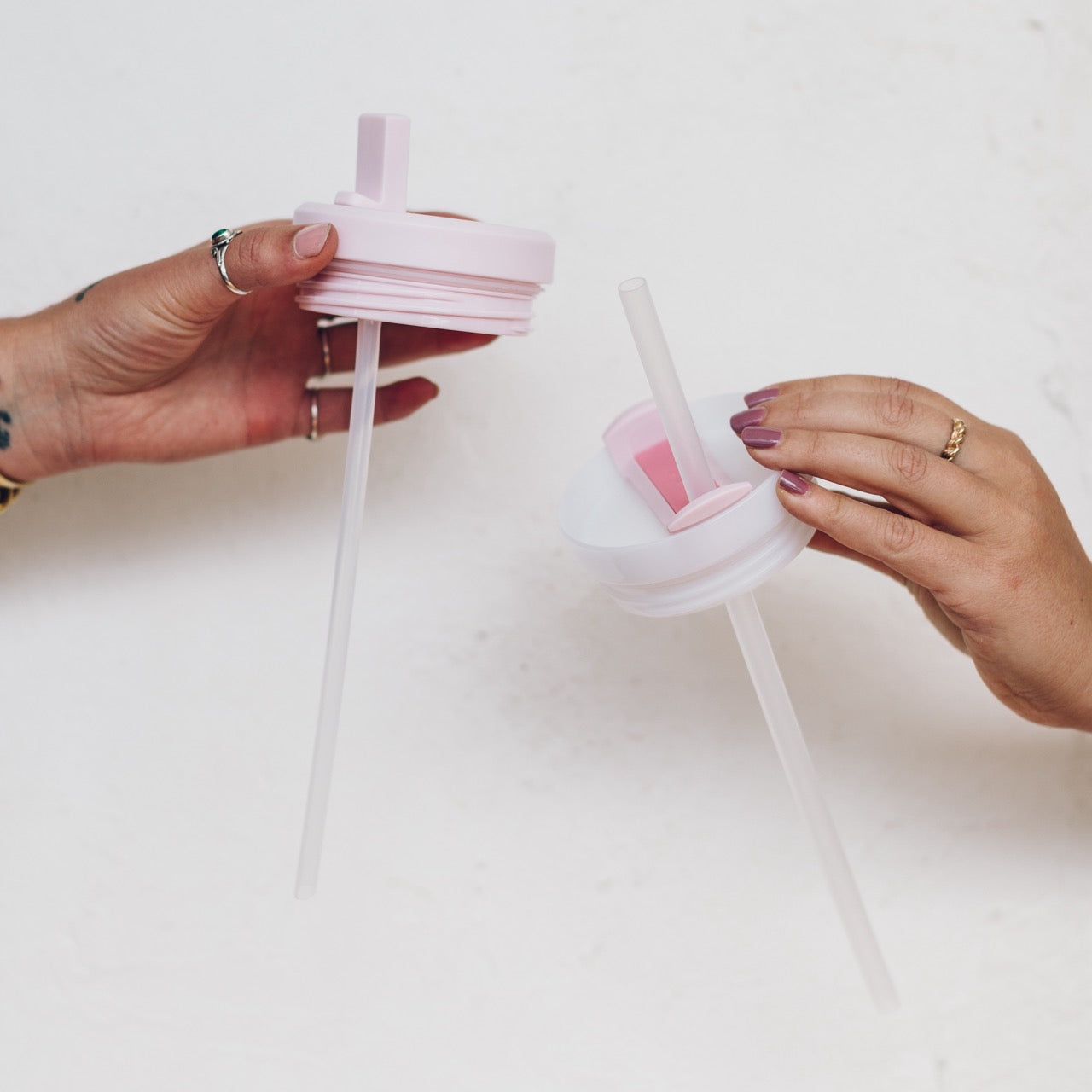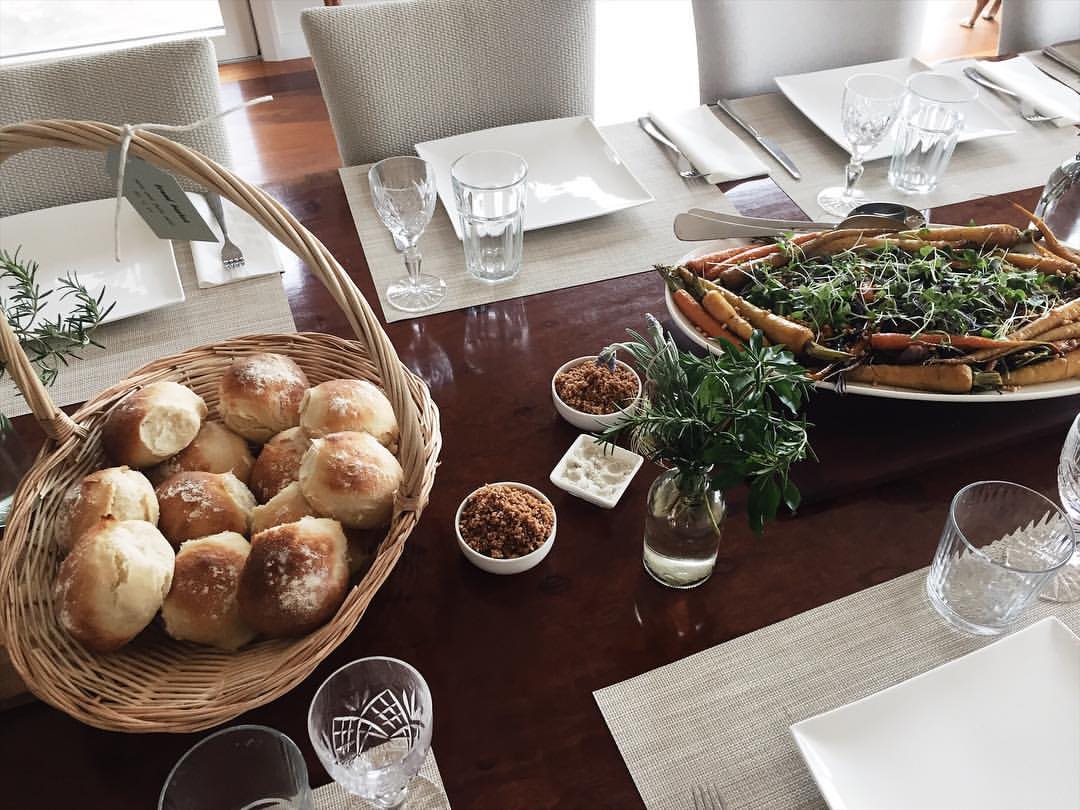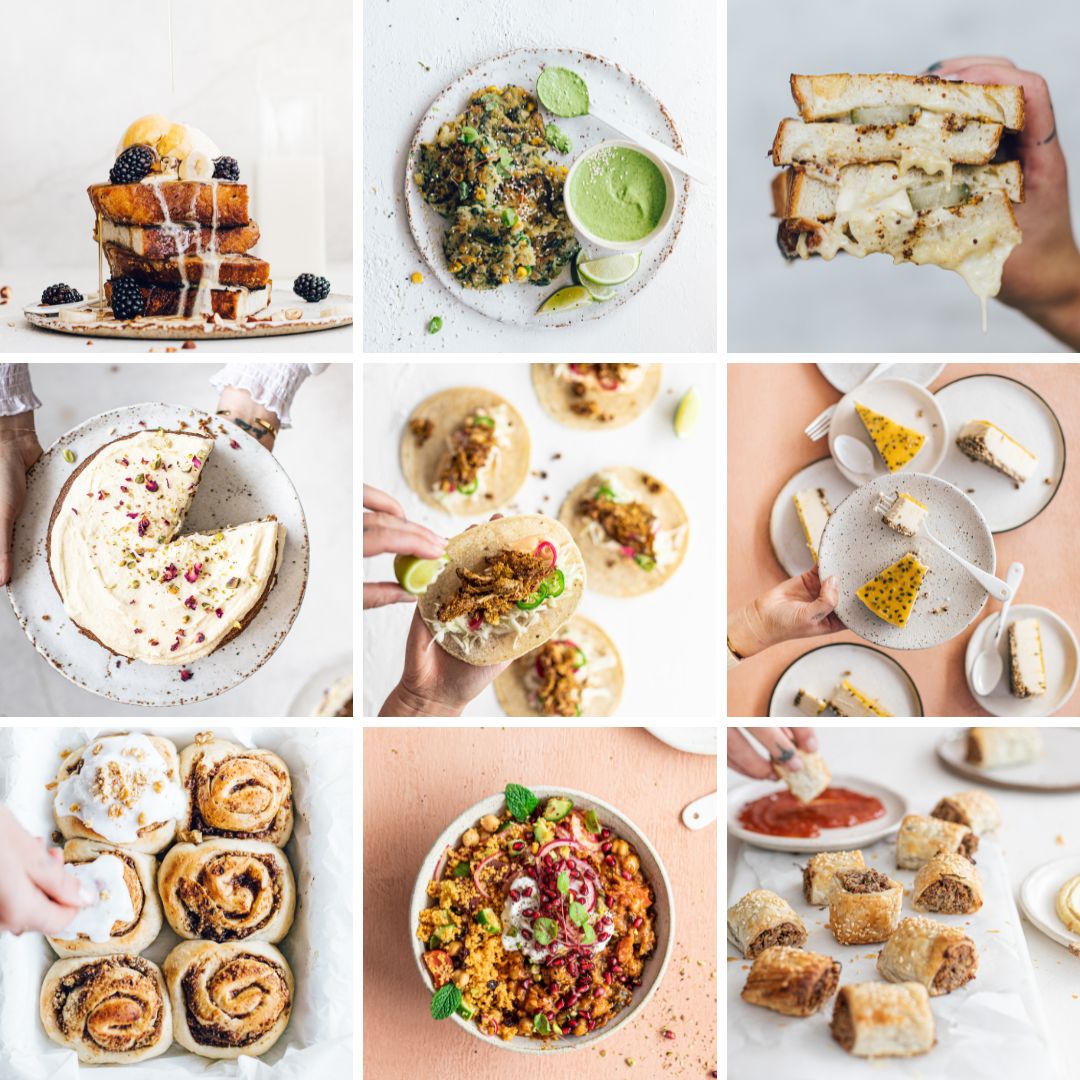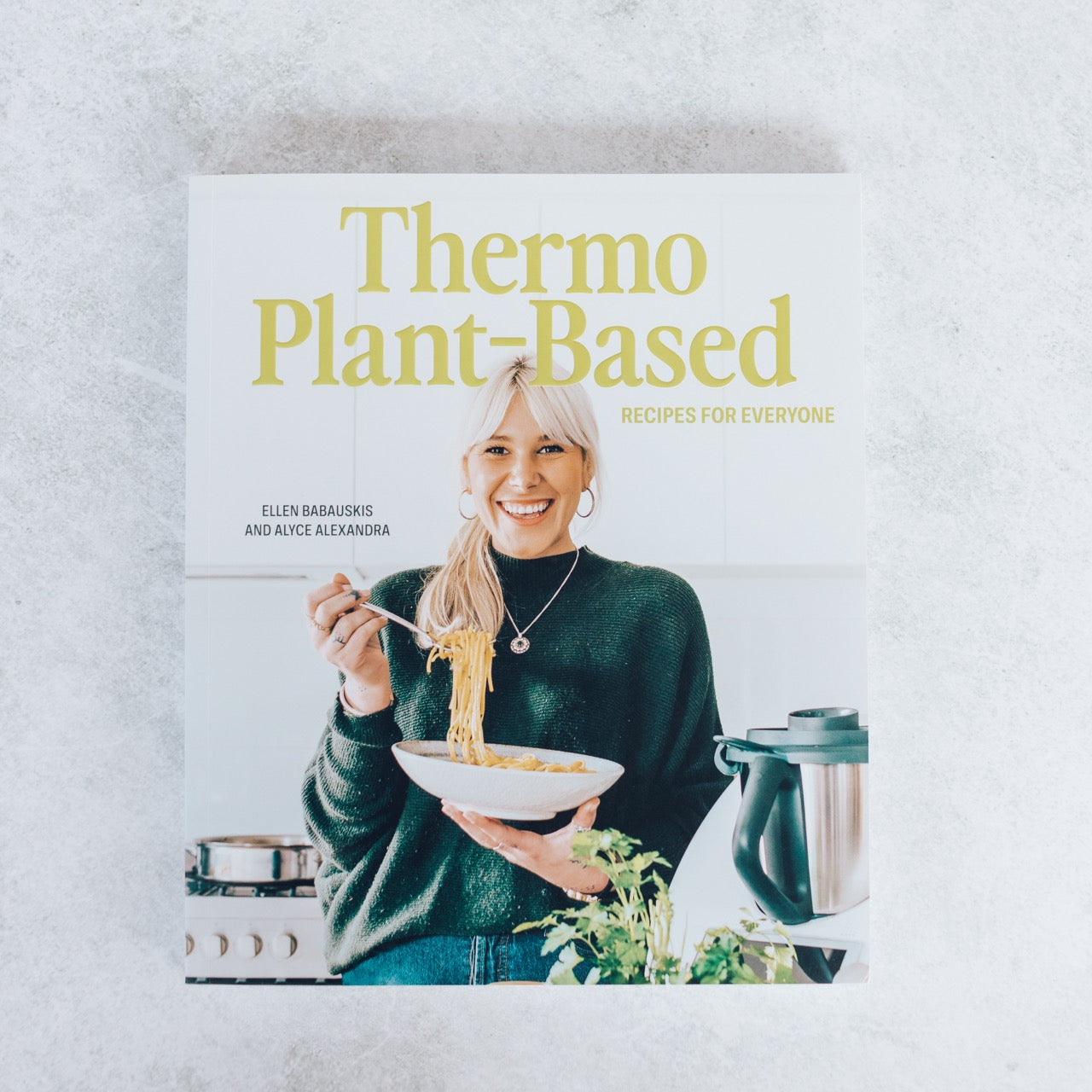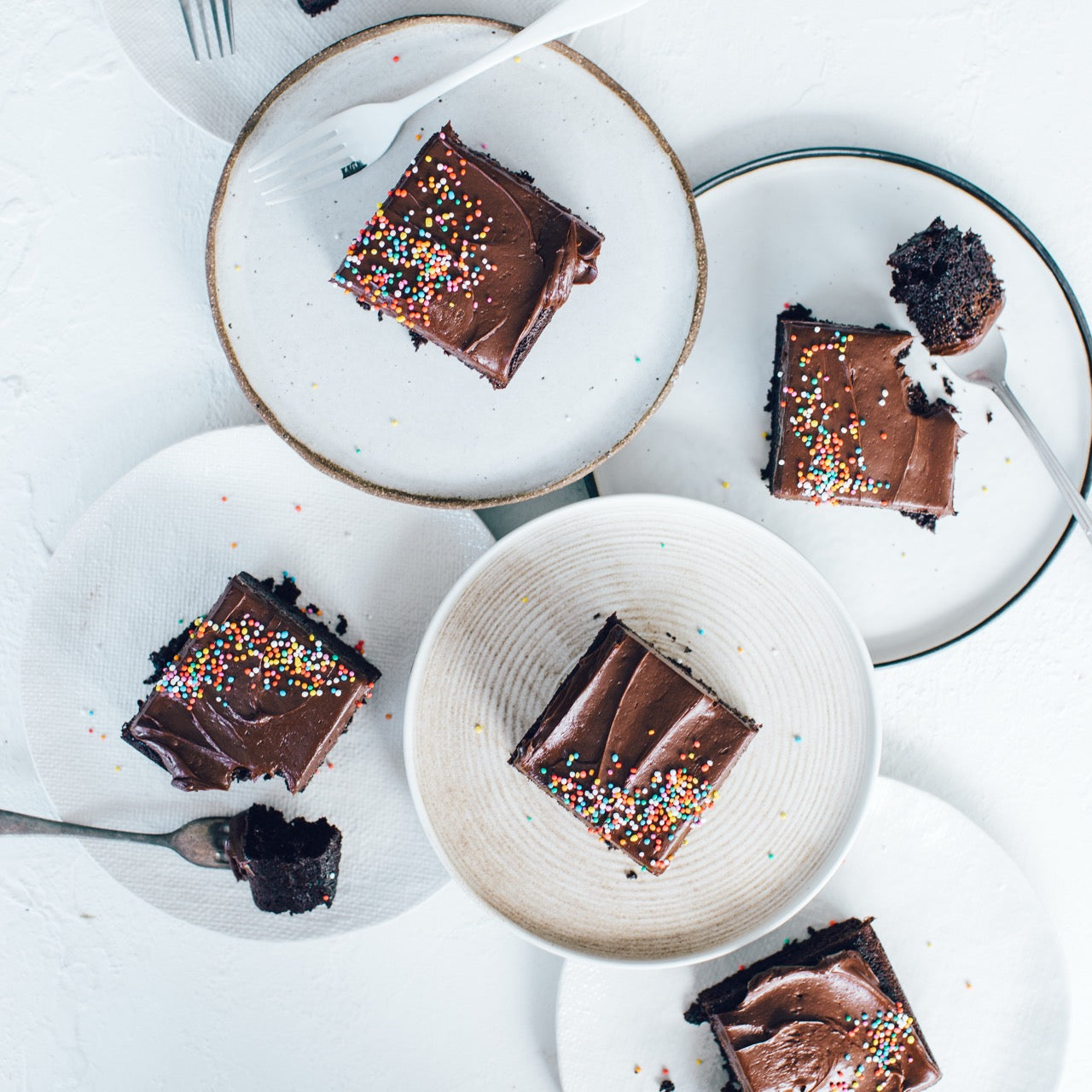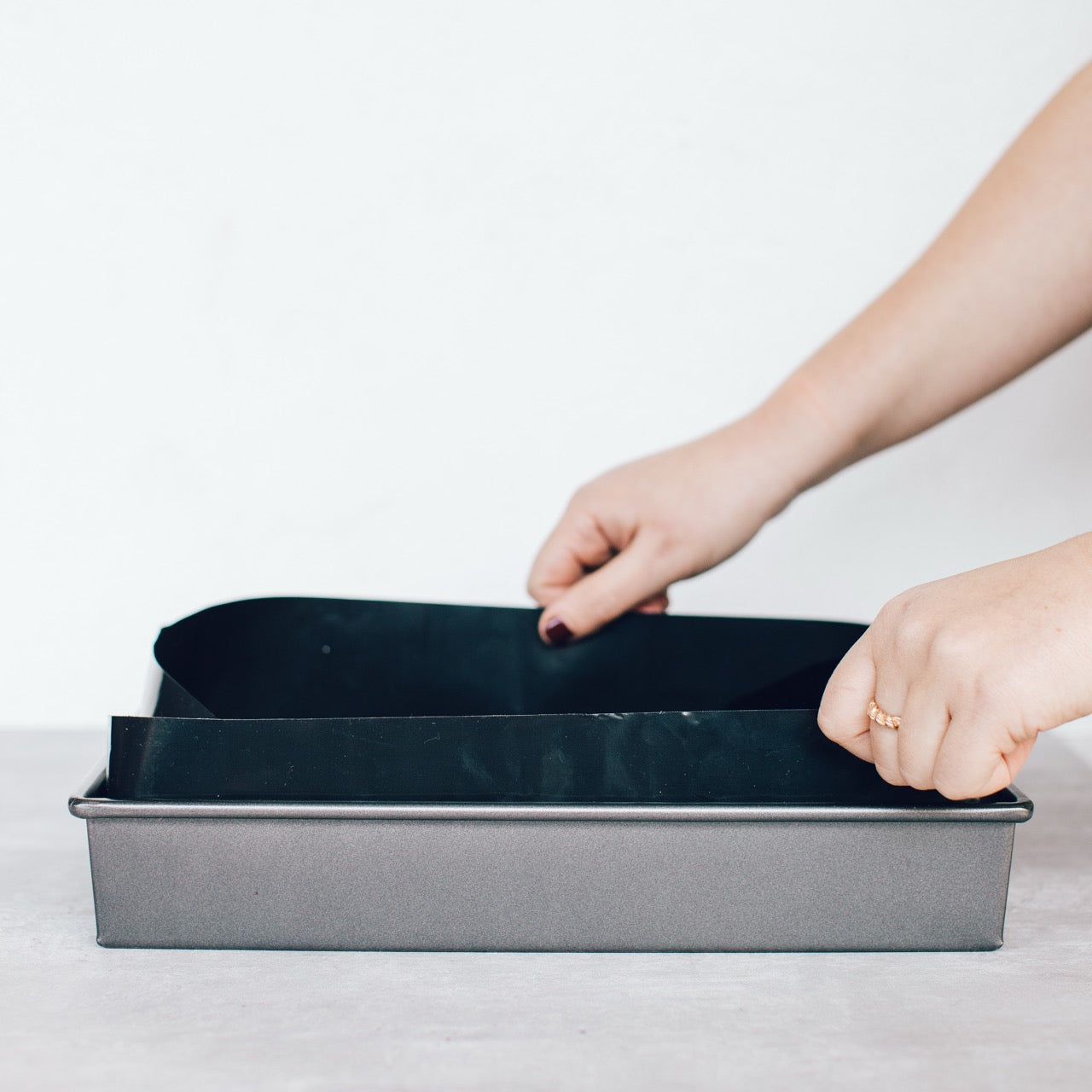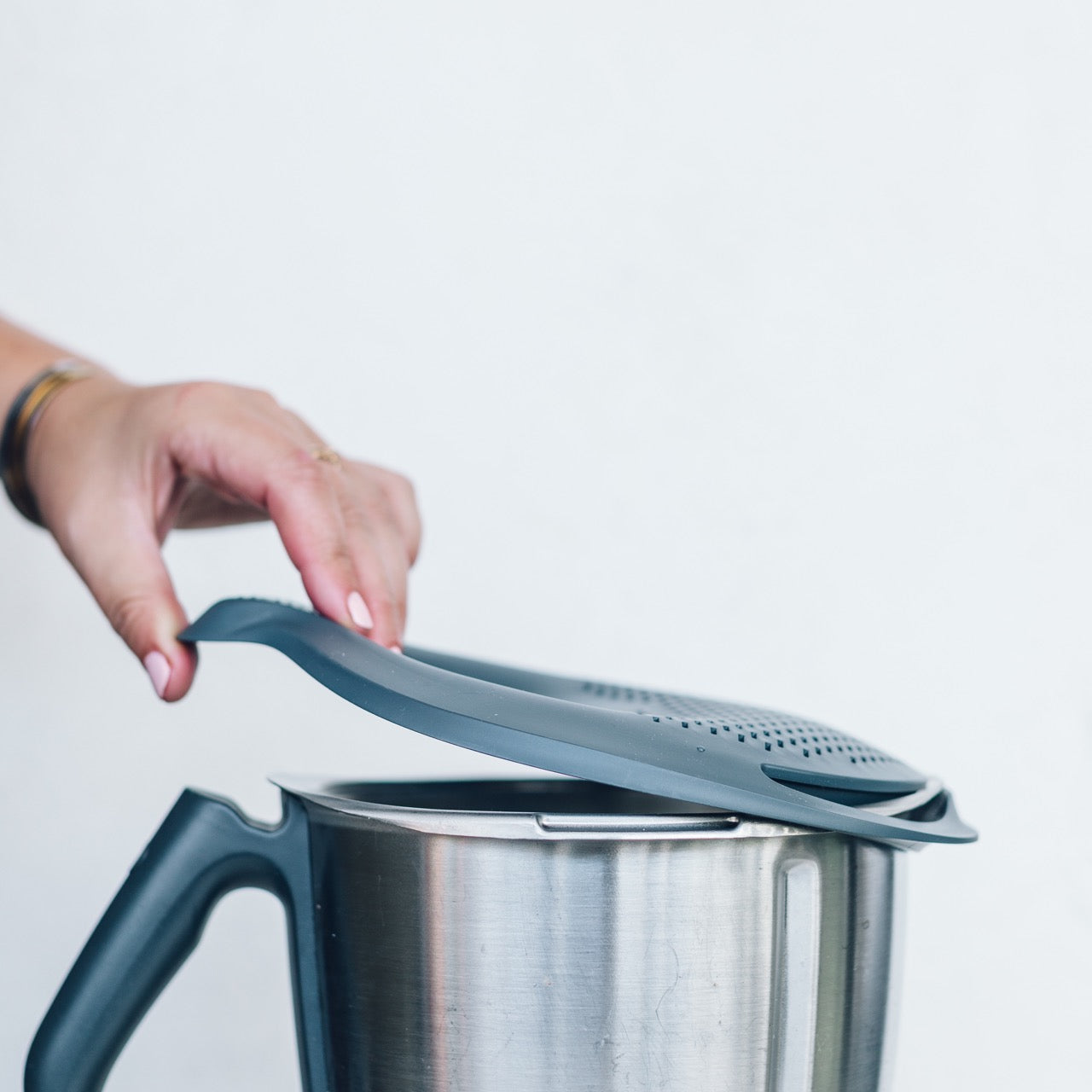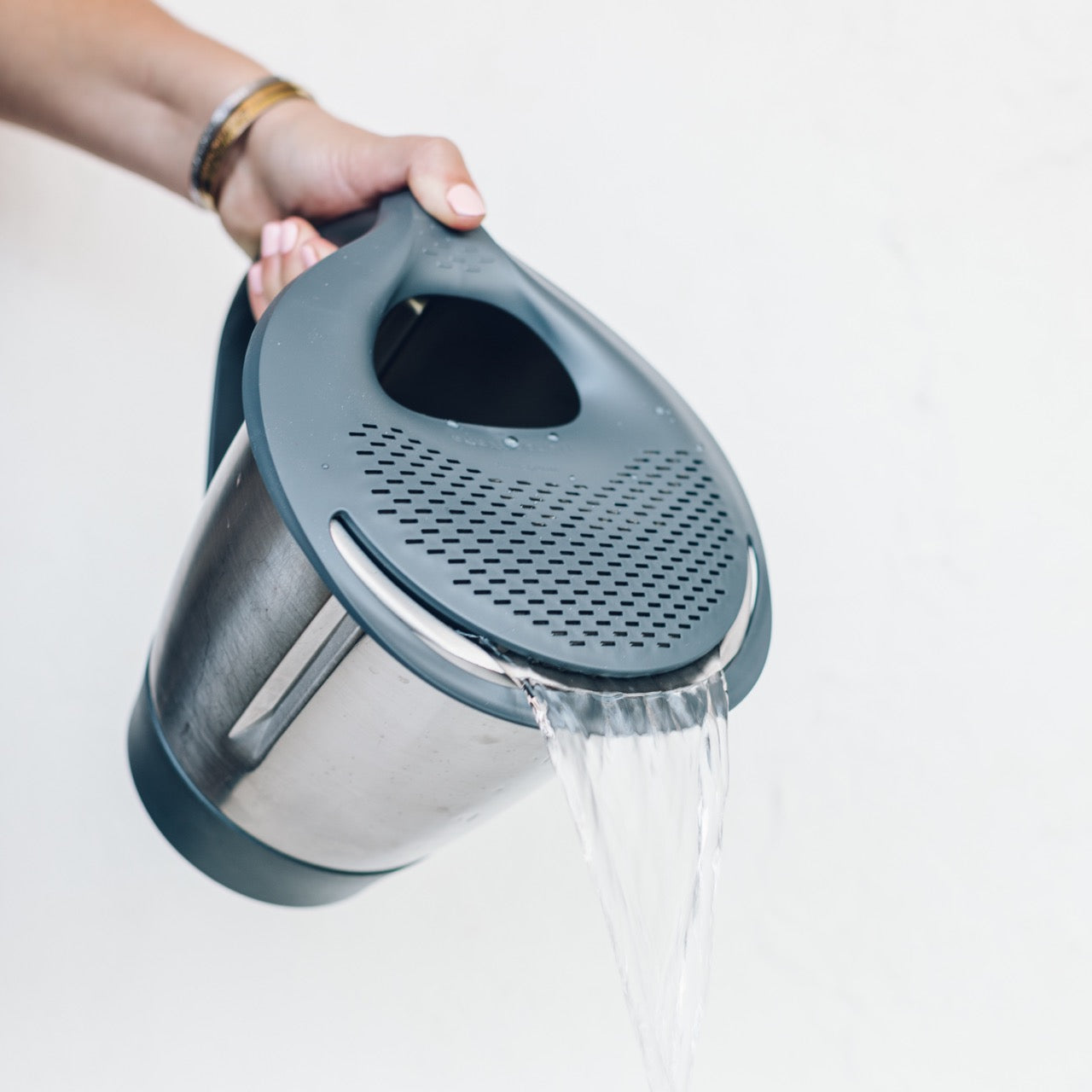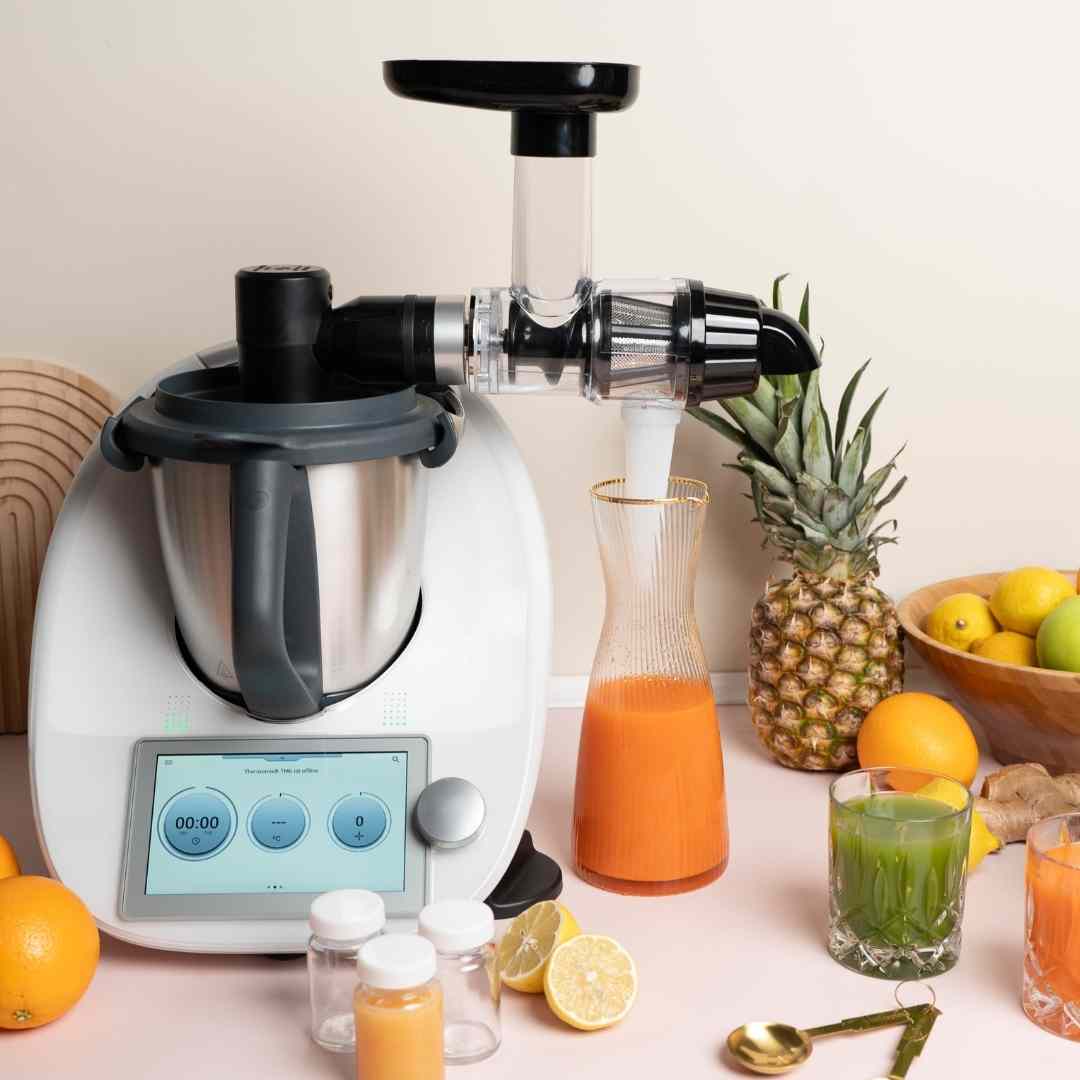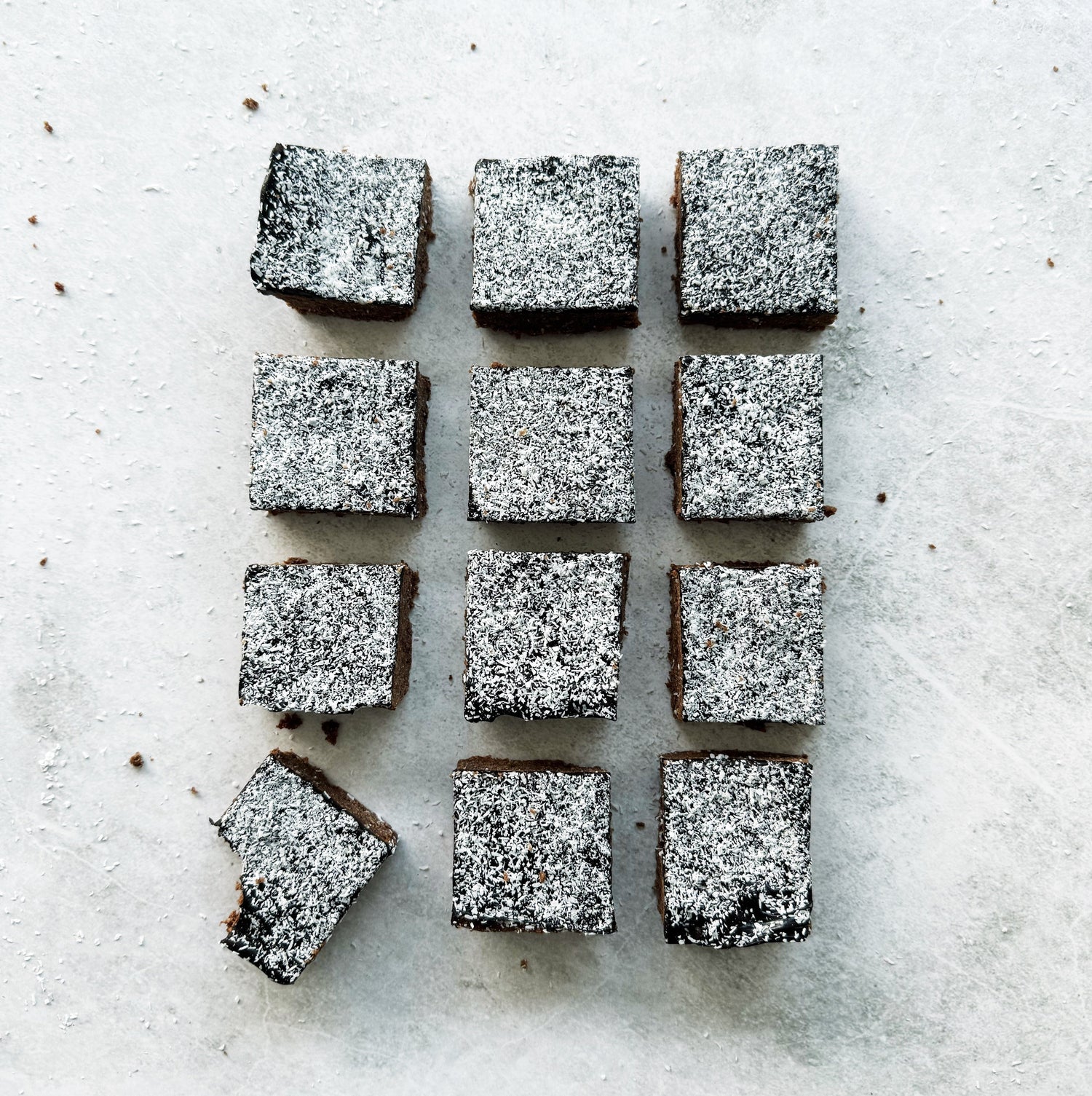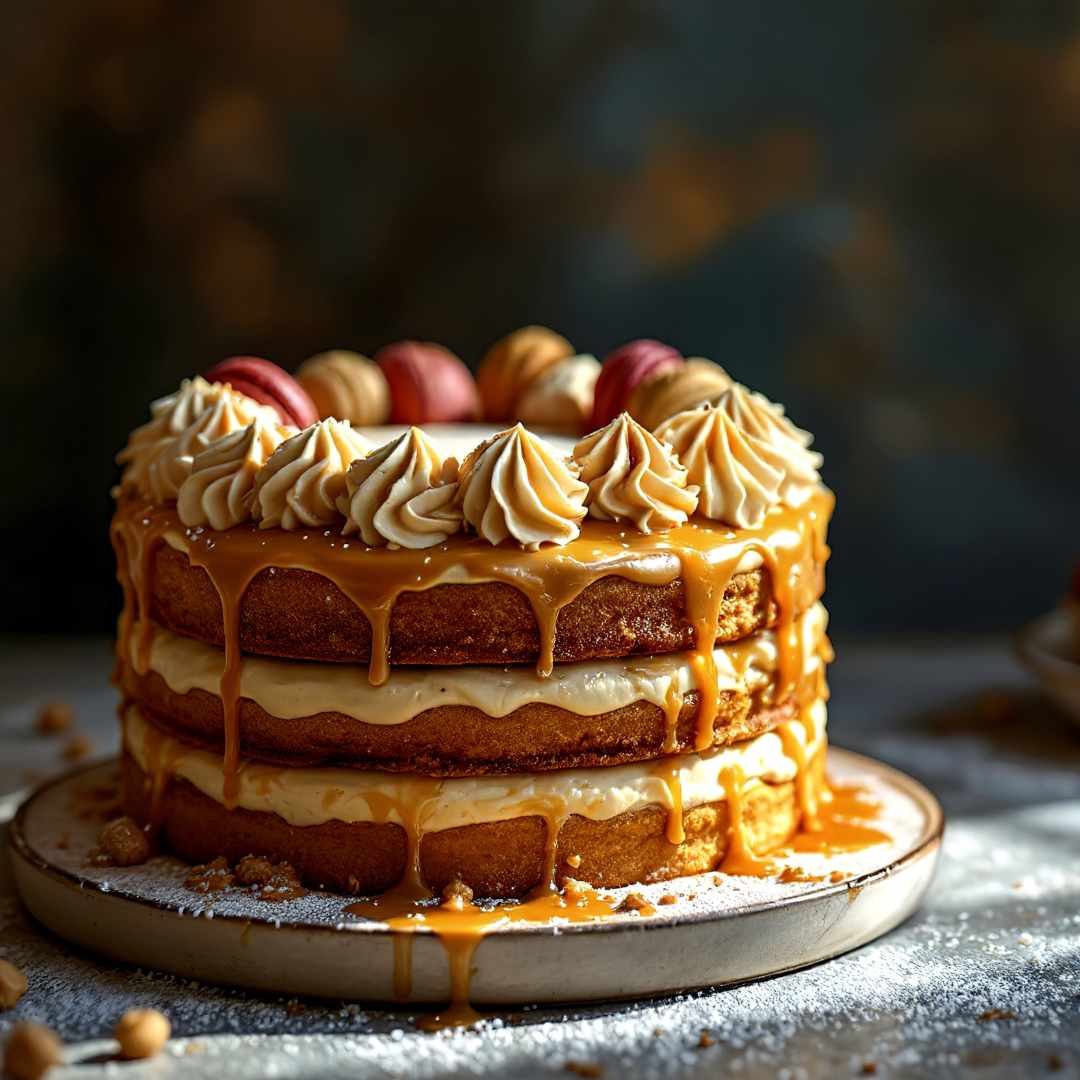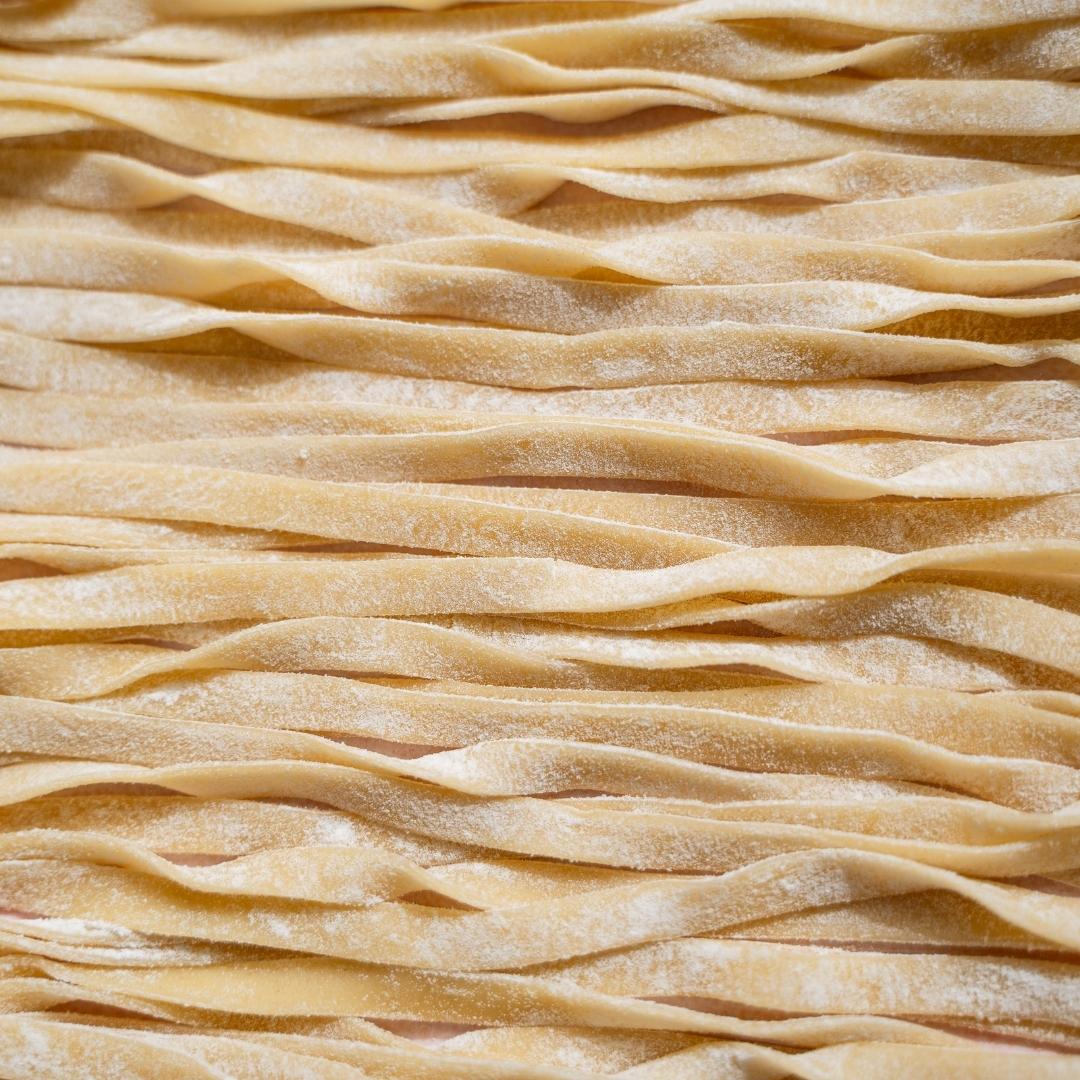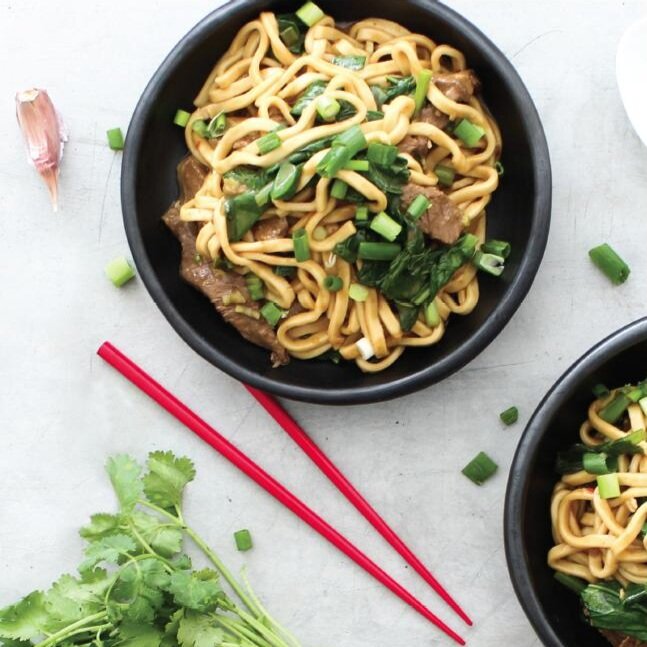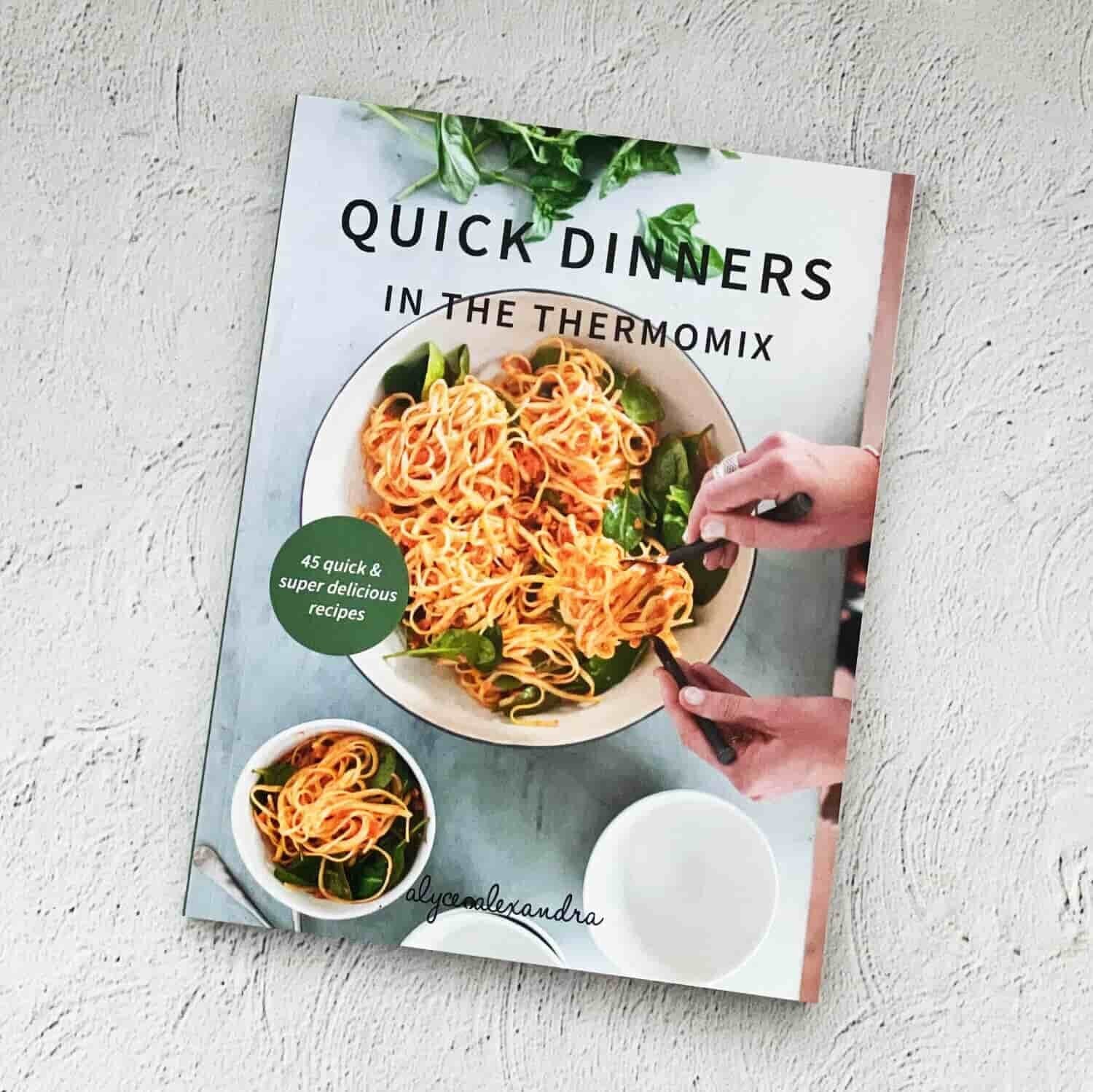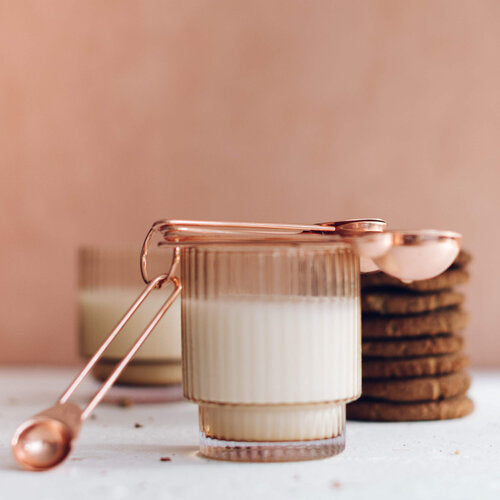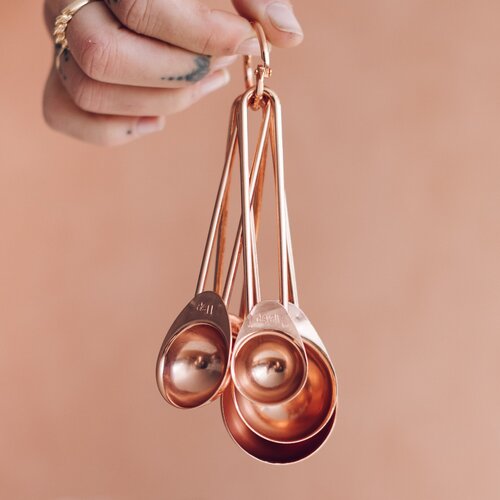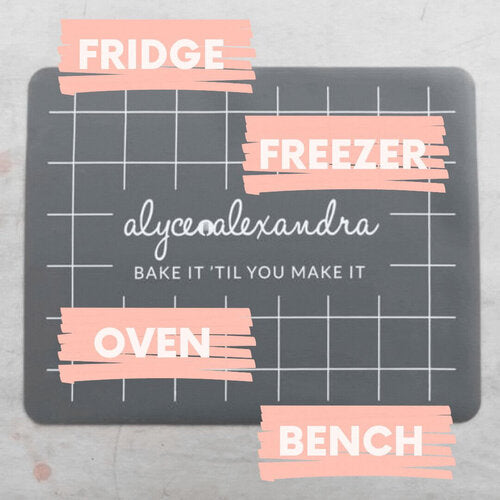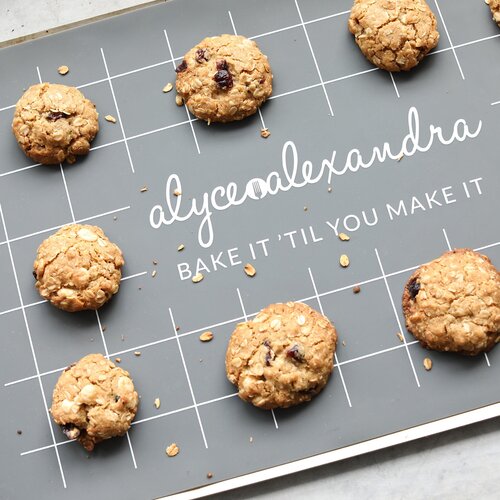My trick to minimal hassle entertaining - freshly bake bread and serve still warm out of the oven... no one cares what else you cook because they're too busy swooning over the warm fluffy bread! I know that bread is scary to many home cooks, but I promise with a little practice it becomes super easy. And with a Thermomix or thermo cooker you don't even need to knead! Here are my beginner tips to the best home baked loaf of bread…
1. The wetter the better
If you can easily shape the dough like play dough, it's too dry! For the best bread, you want a wet, sticky dough. My favourite bread recipes have at least 75% hydration, meaning you use 75% of the weight of the flour in water. Different flours from different seasons will perform differently, so no matter what the recipe you always need to assess yourself if the dough is hydrated enough, adding more water if necessary.
2. Slow and steady
The longer the dough proves, the better the end result will be. Obviously, if you've made your dough at 4pm and are wanting bread for dinner you might put it in a very low oven to get it moving (we've all been there), but if you've got the time, give it the time! I sometimes make my dough the day before I plan to cook it and let it prove very, very slowly in the fridge.
3. Tin it
Shaping dough can be tricky, especially the first few times. You need to fold and twist it quickly and confidently so that the surface tension is tight and it holds its shape. Practice makes perfect with this one, but I think a bread tin can hide all manner of shaping faux pas so is a great place for beginners to start. These are the tins I use.
4. Hot, hot, hot!
Your oven needs to be HOT before your dough goes in! The hotter the better. Make sure your oven has thoroughly preheated, and if your oven runs cooler add ten or twenty degrees onto the specified temperature. Have the oven door open for as short a time as possible, and once the bread goes in do not open the oven again for at least 15 minutes.
5. Add five
You are much more likely to undercook your bread rather than overcook it, so when you think it's ready, leave it in the oven for an extra five to ten minutes (depending on size). Bread is cooked when it sounds hollow when tapped, vibrating through the loaf. Your loaf will continue to cook once it's out of the oven, so resist cutting it for at least 30 minutes (almost impossible, but try to hold out!).
Let us know how you go!

